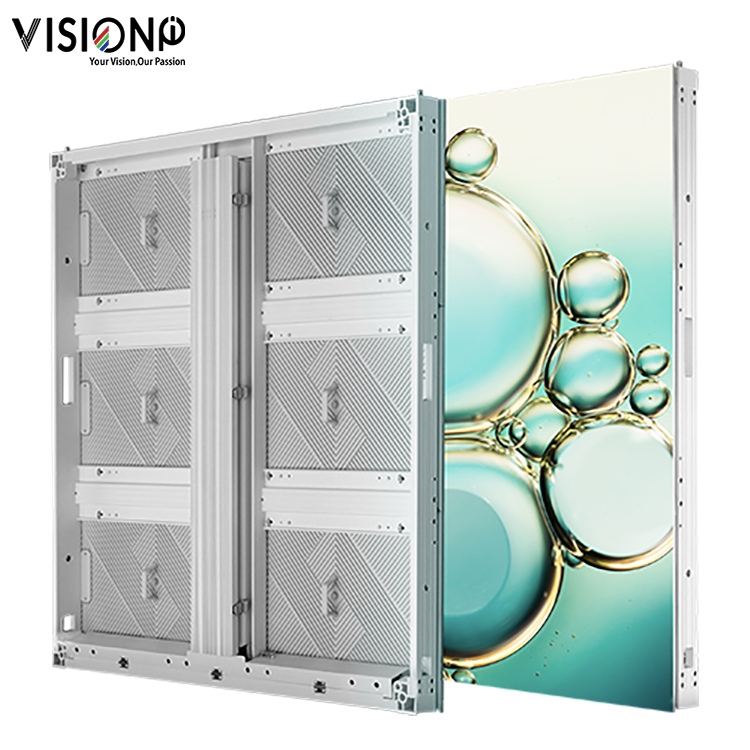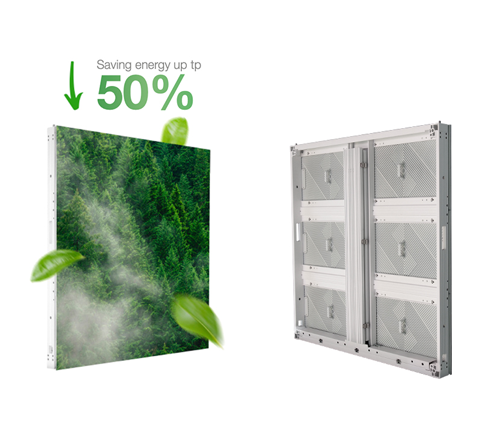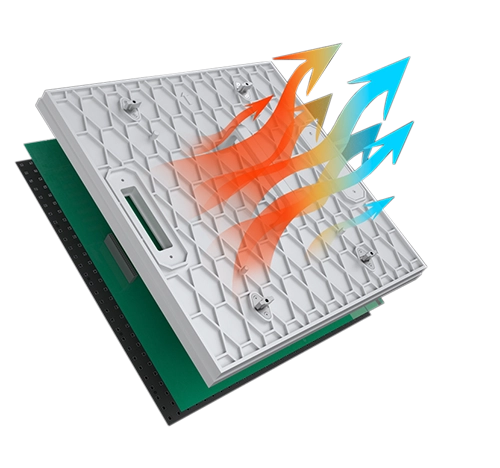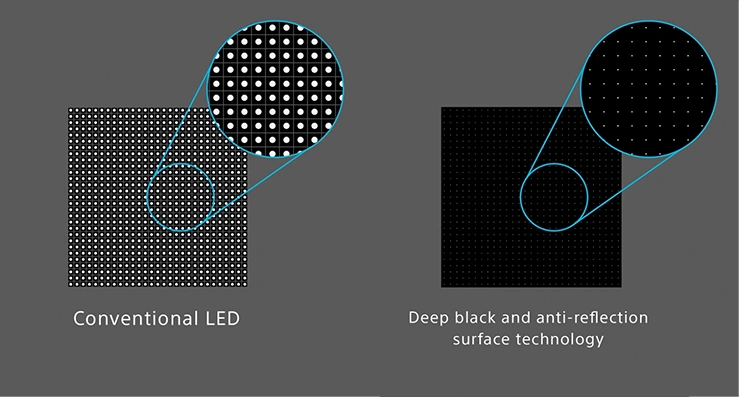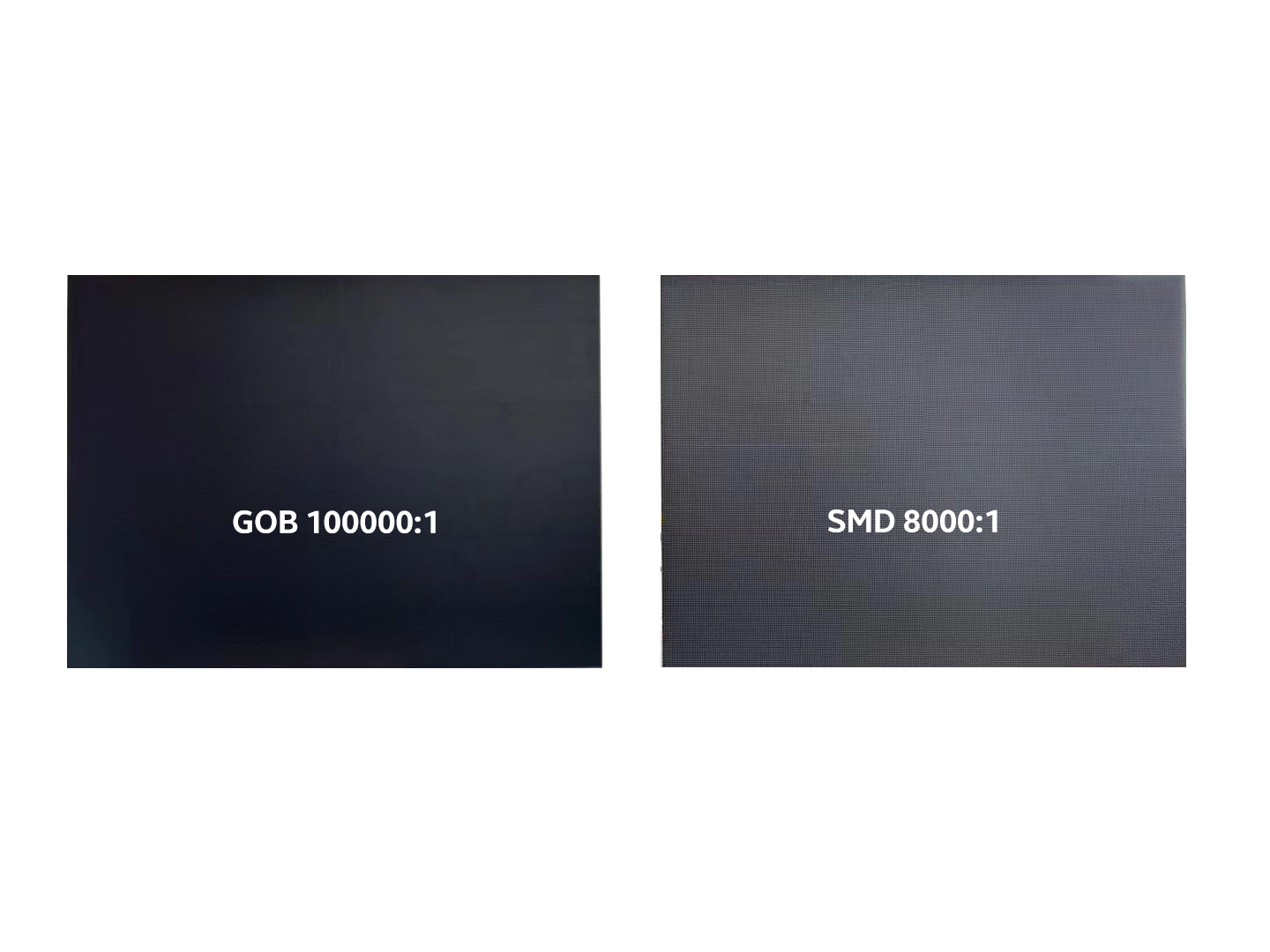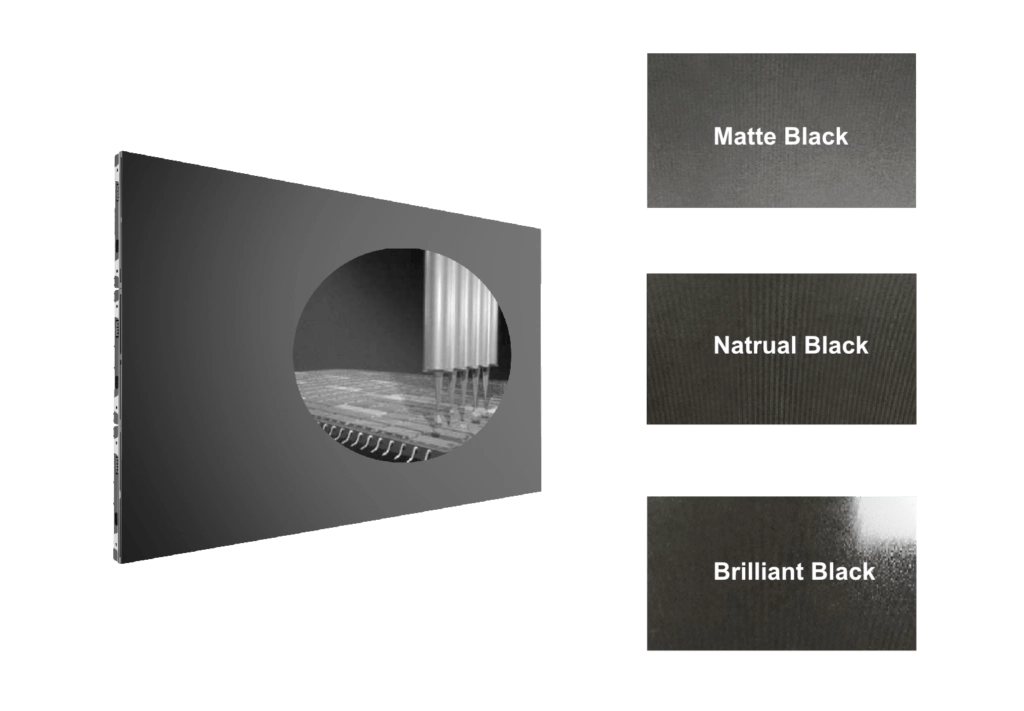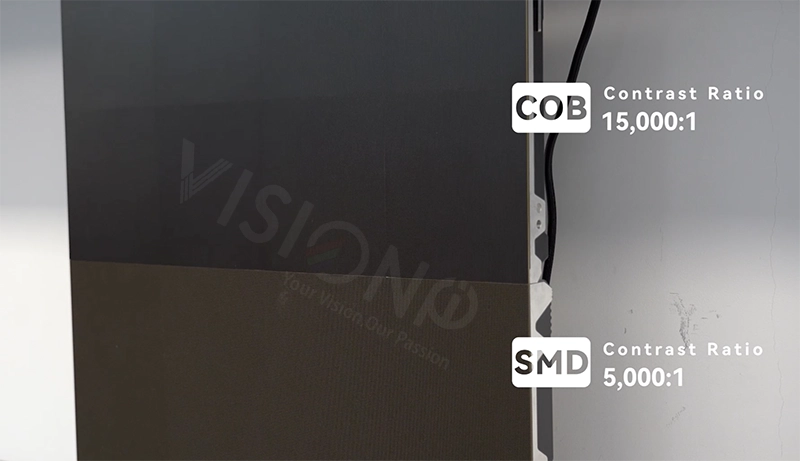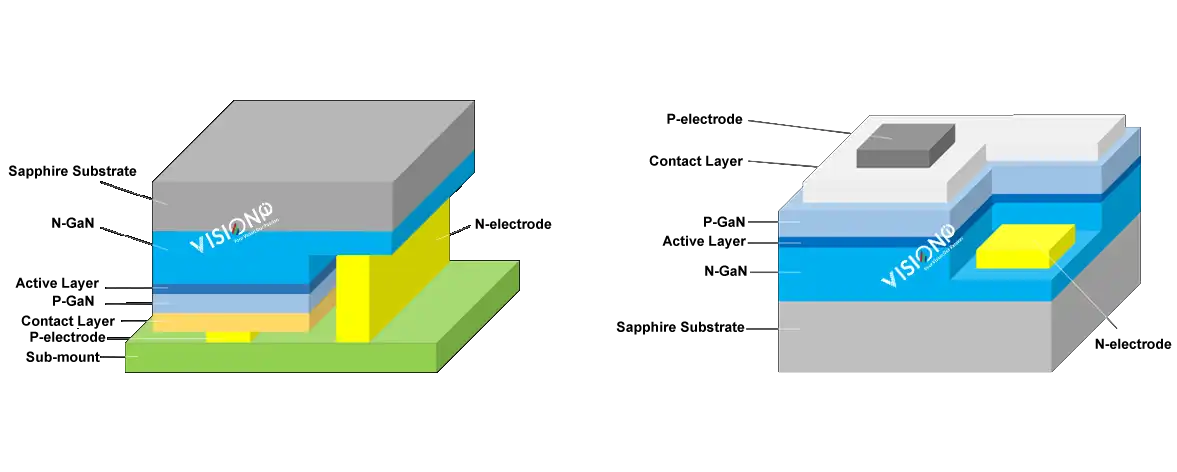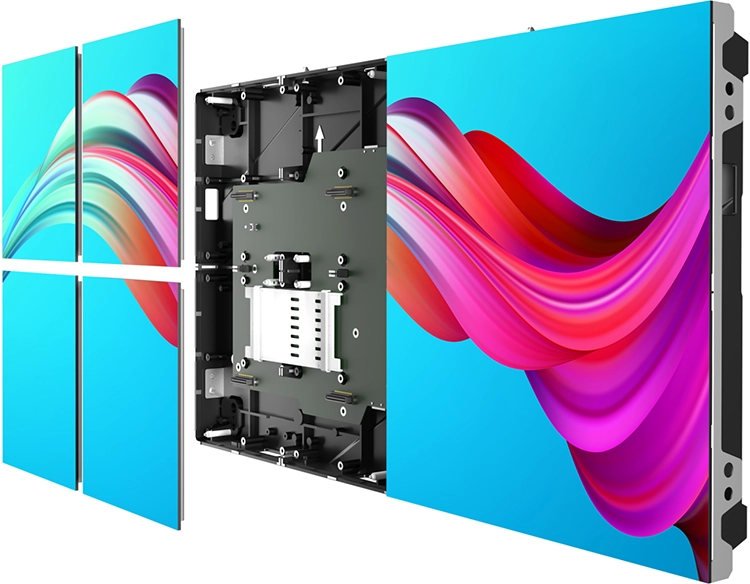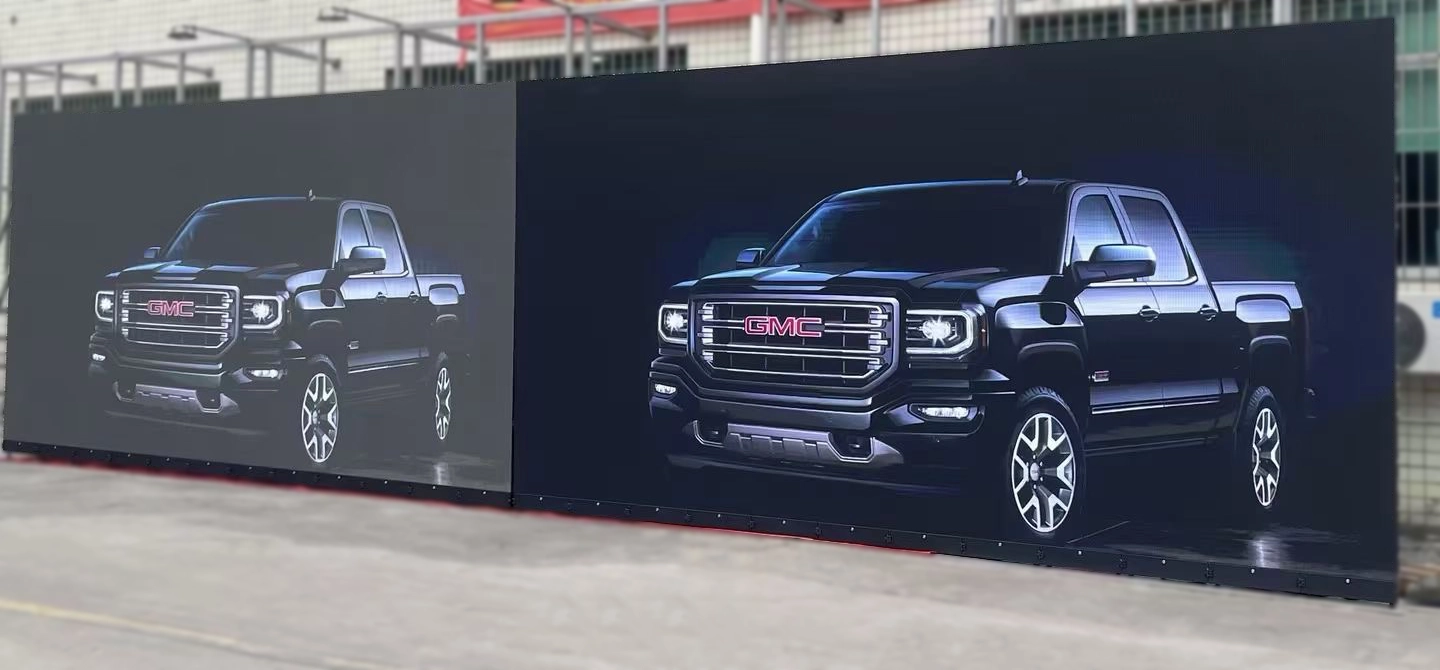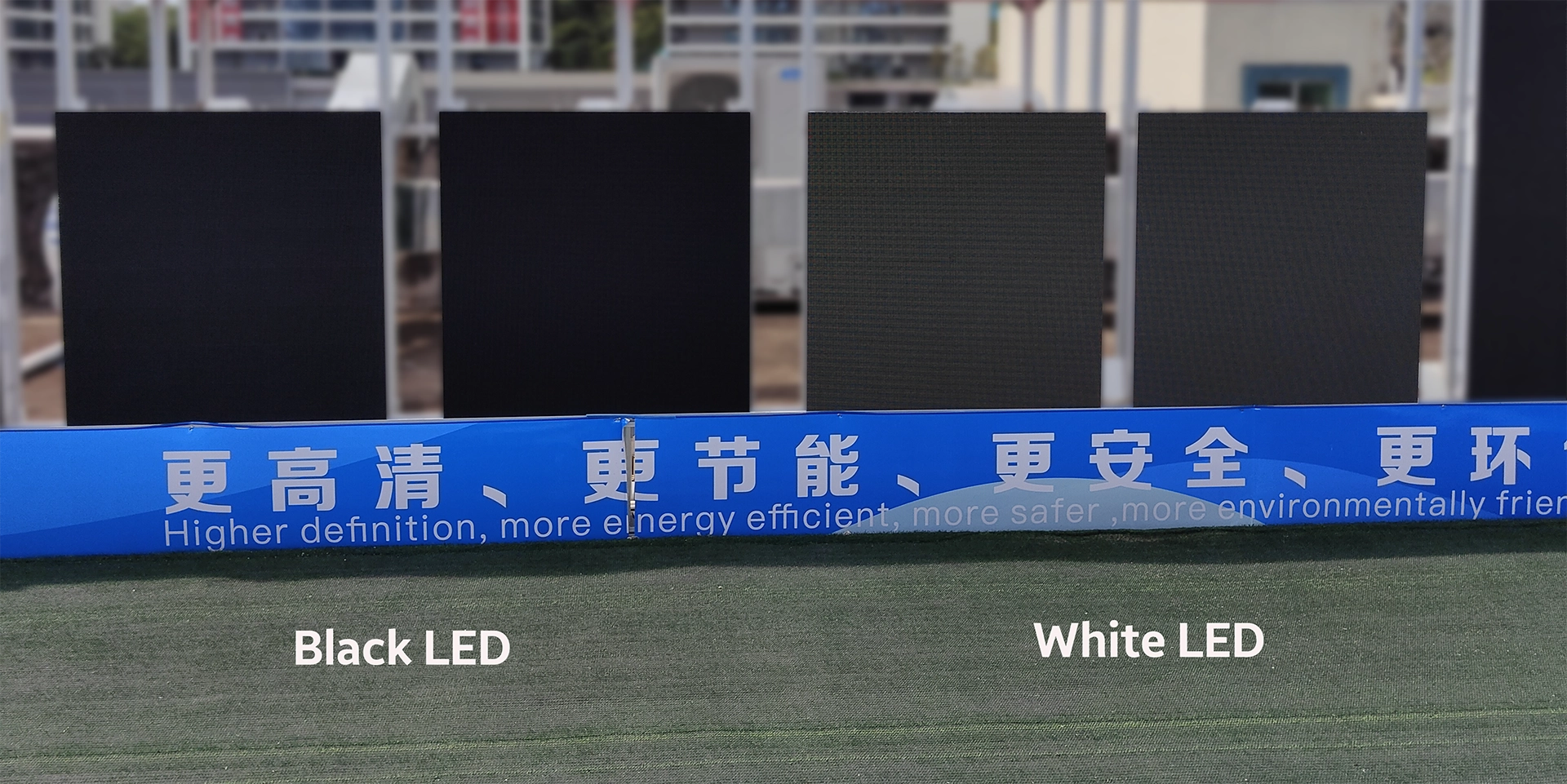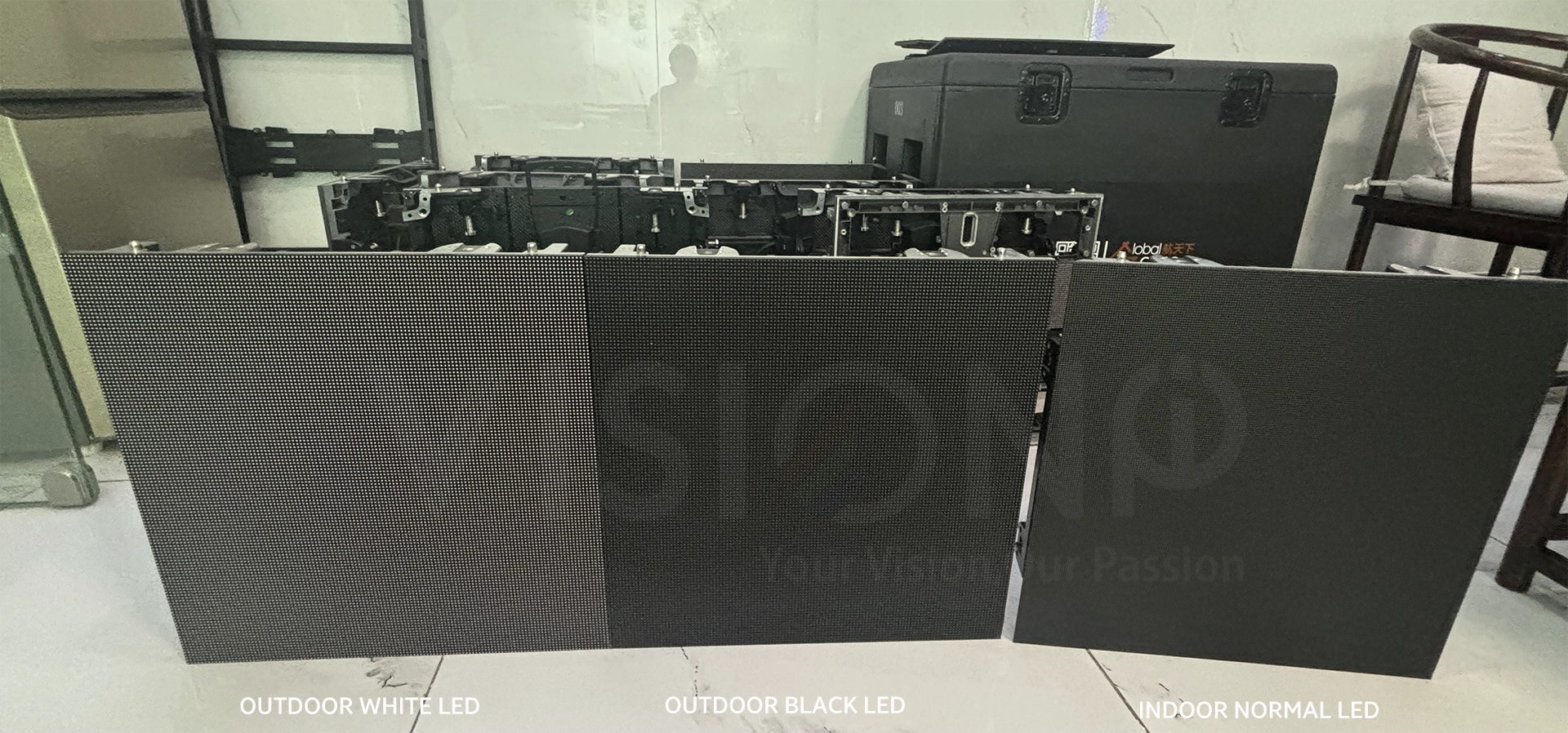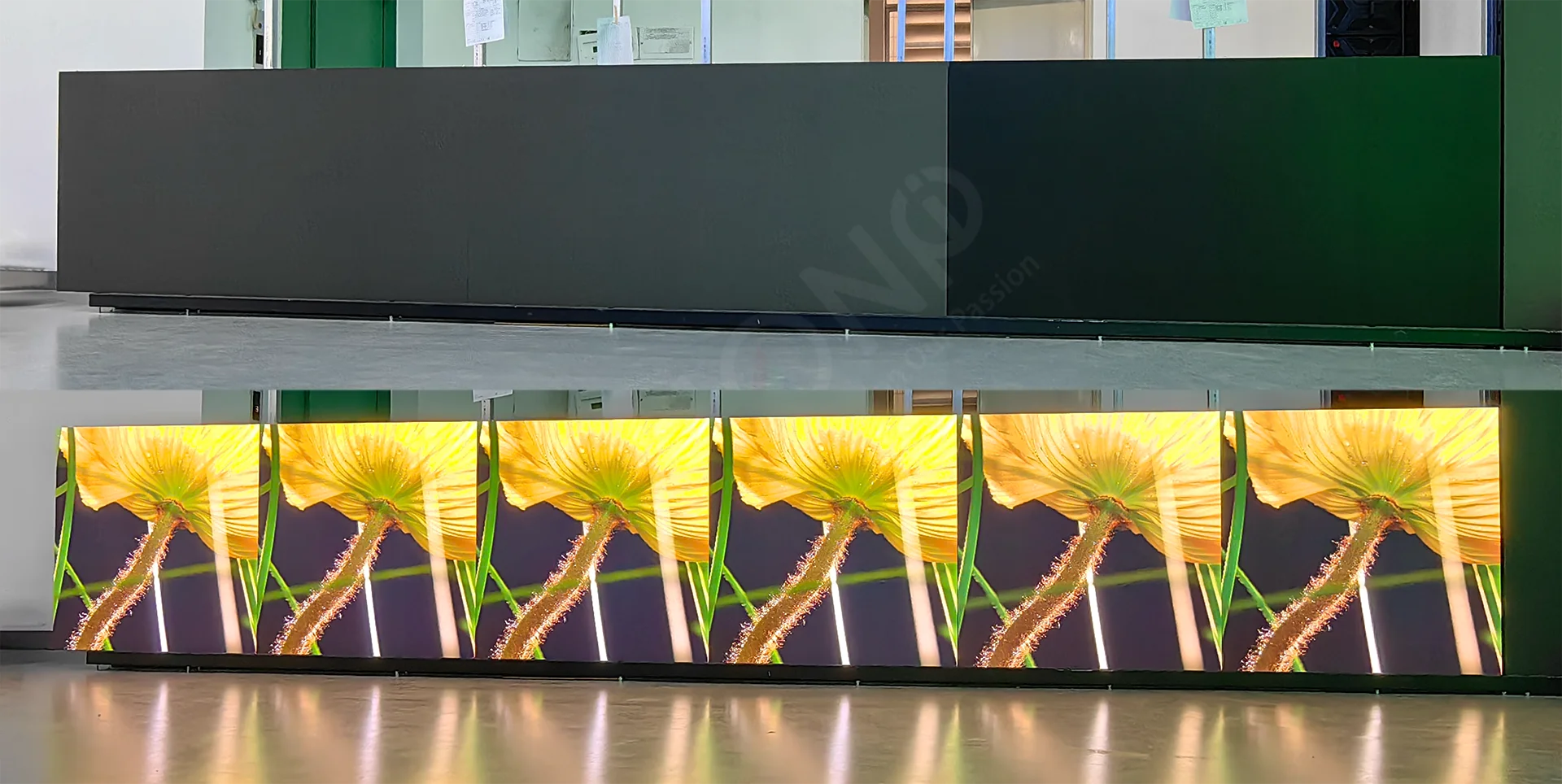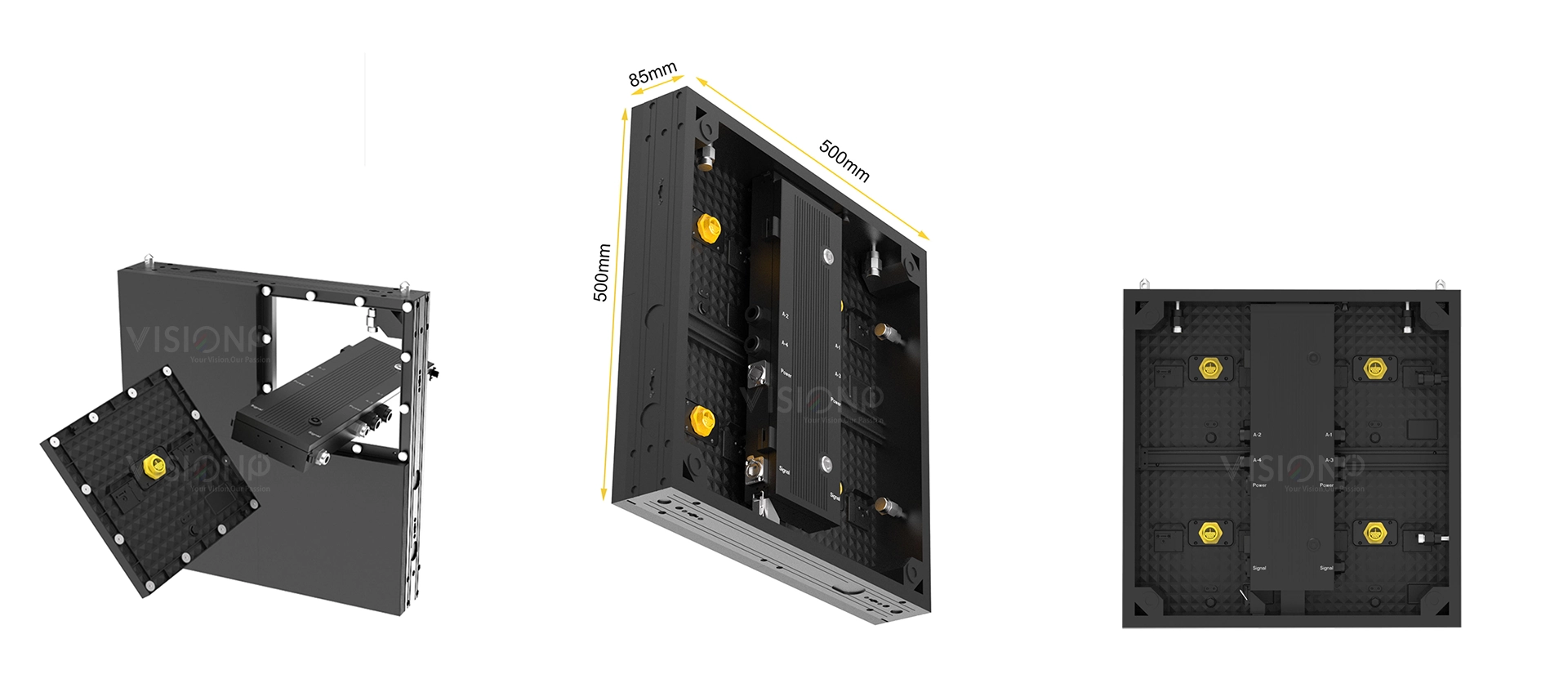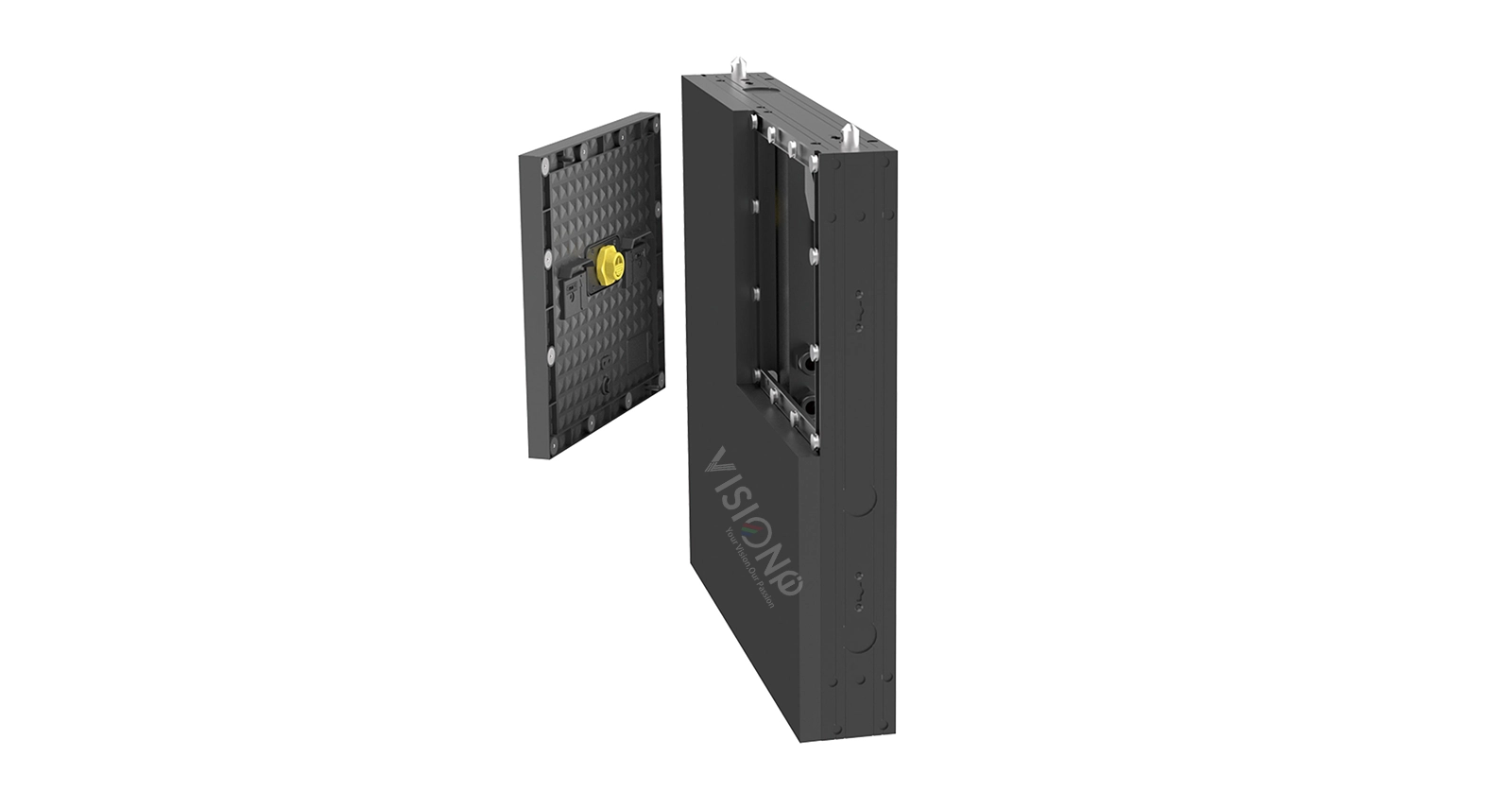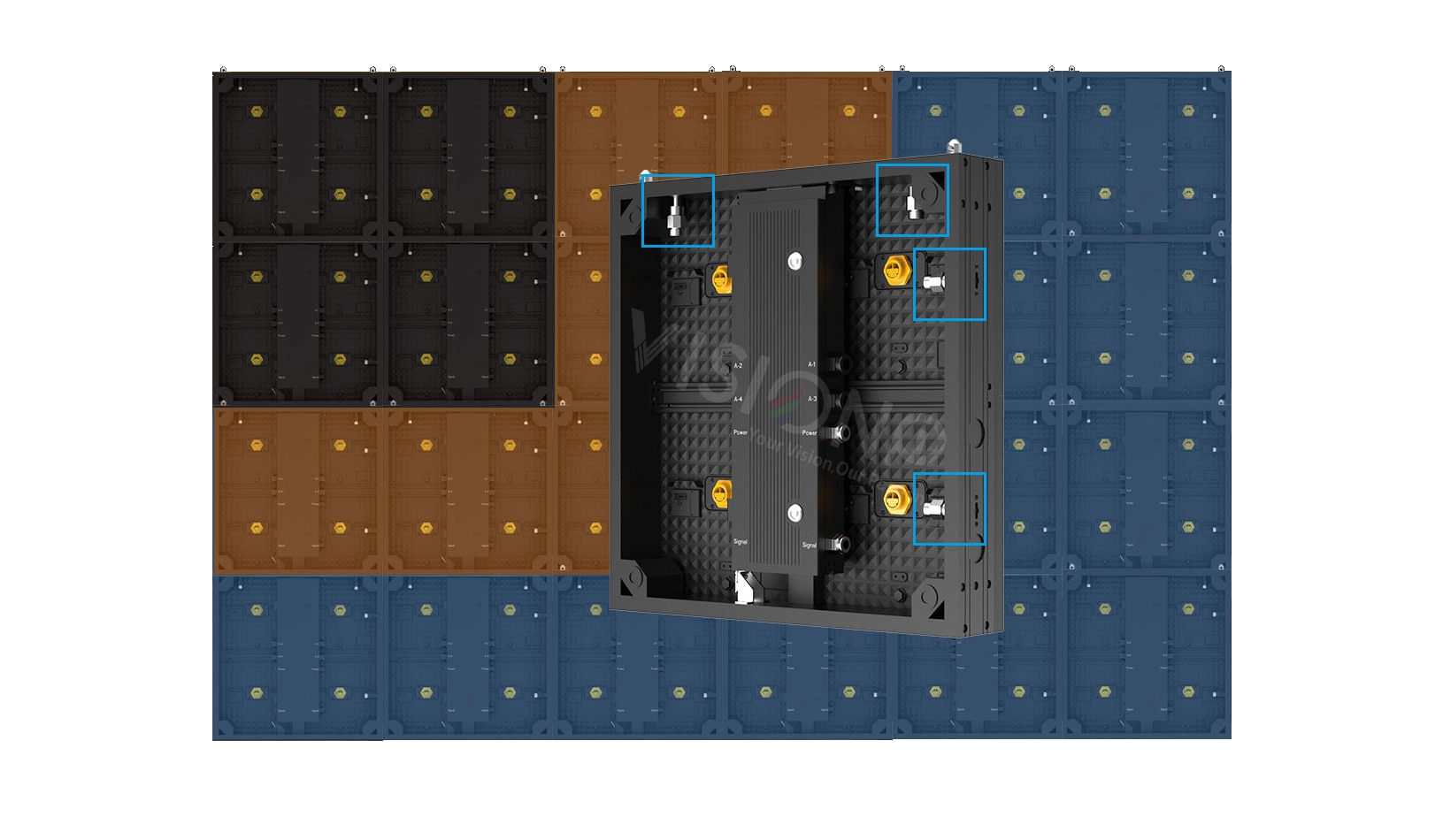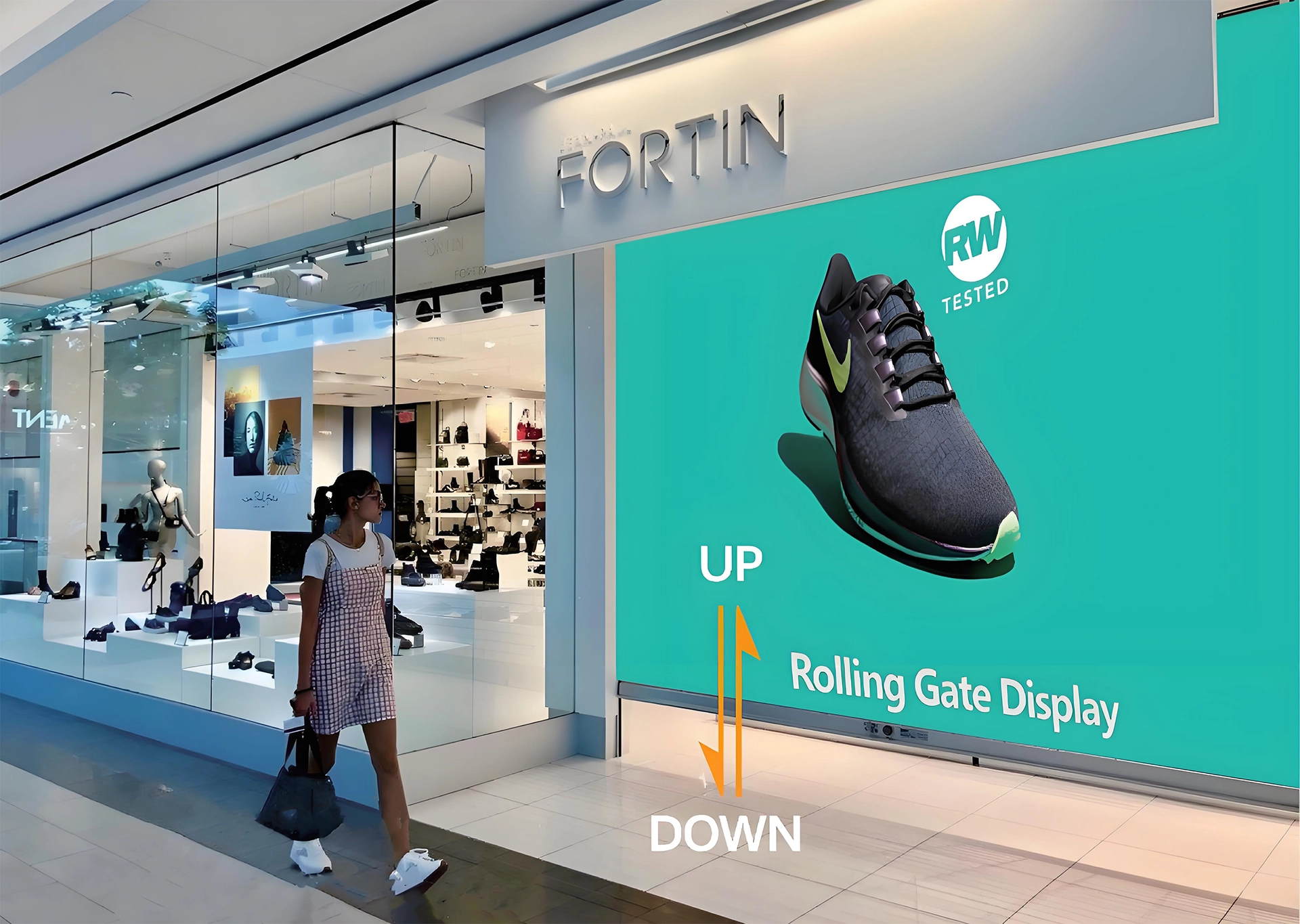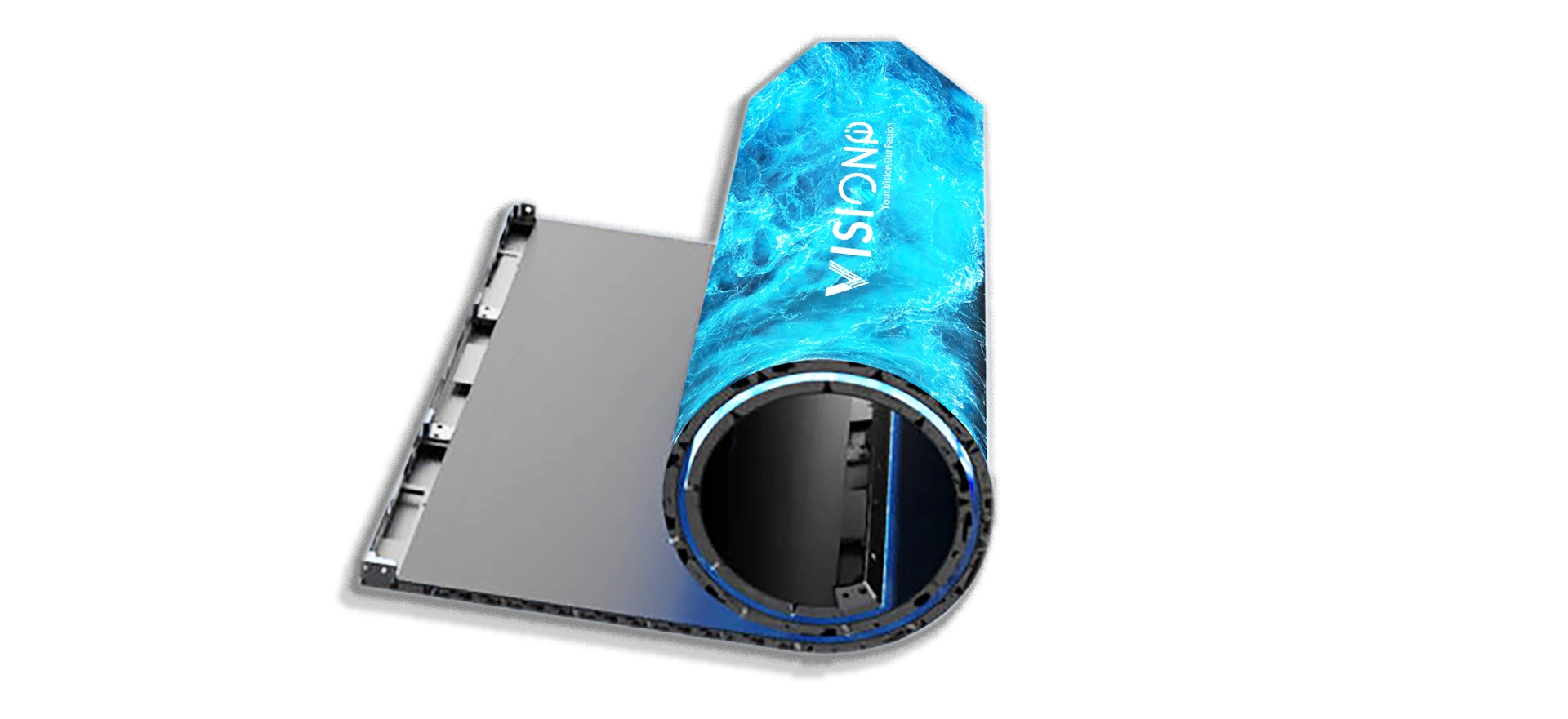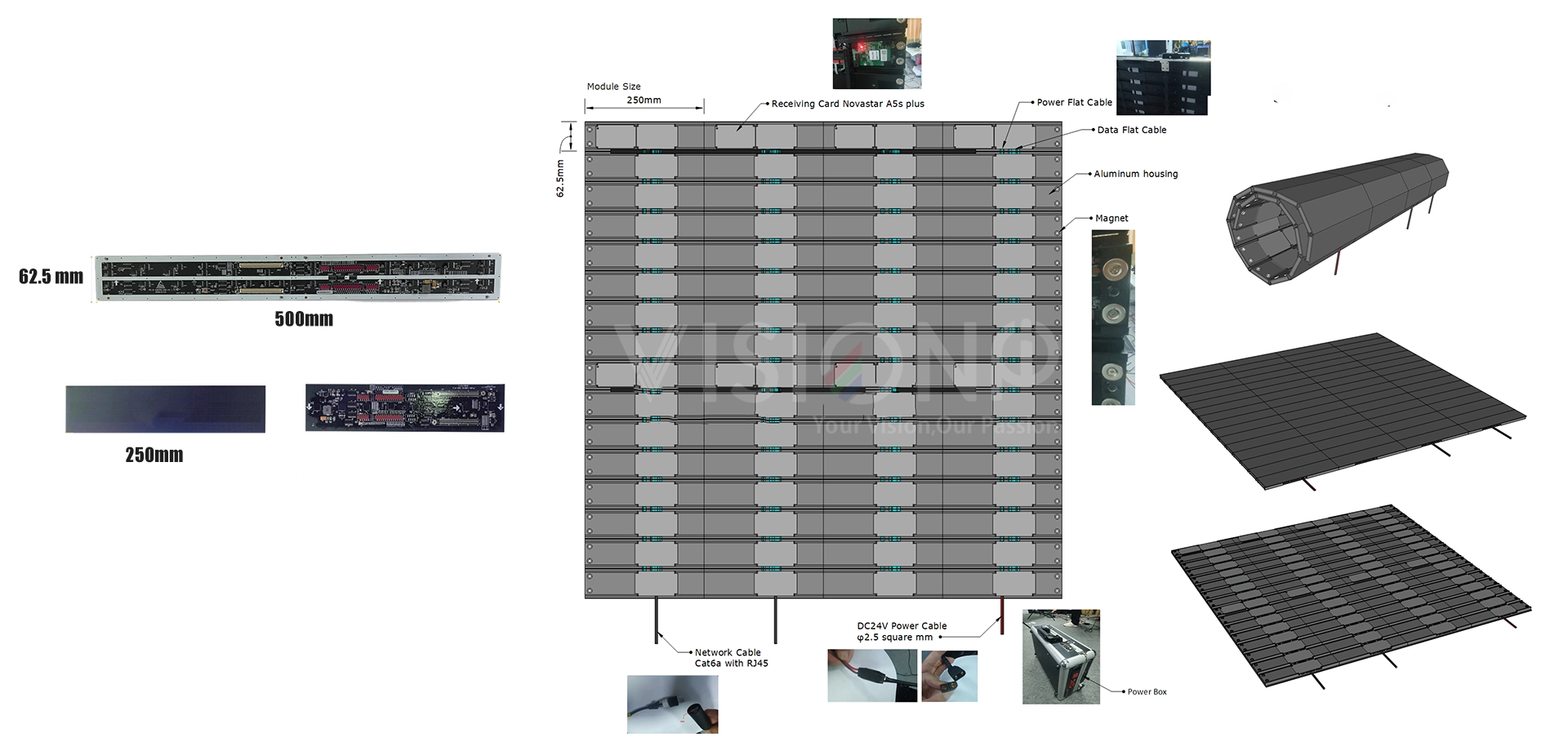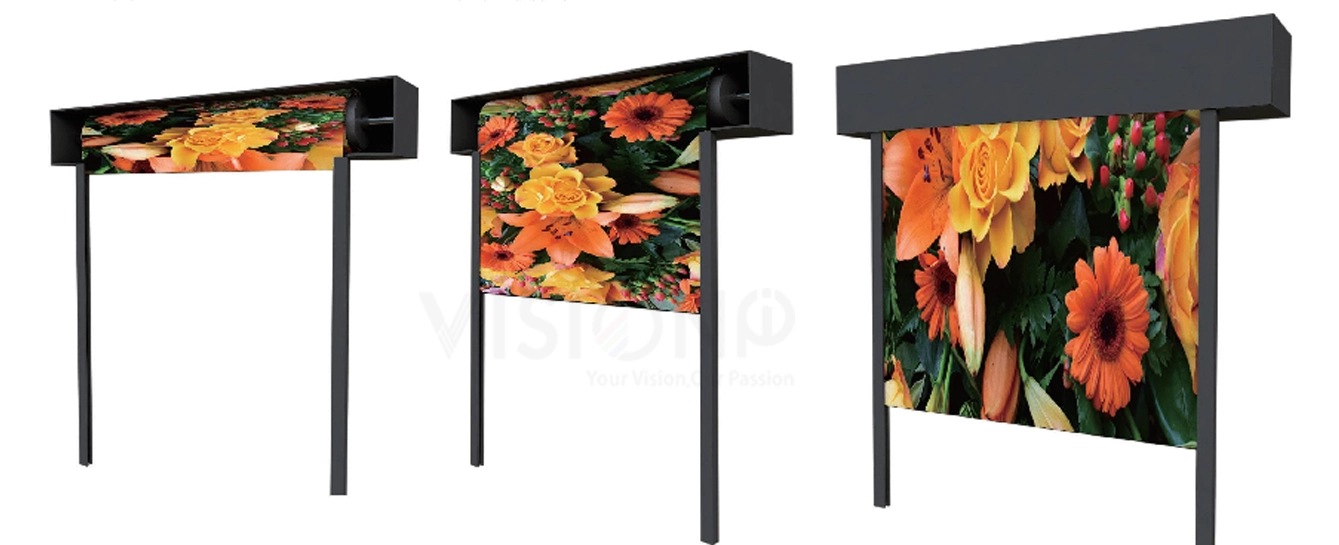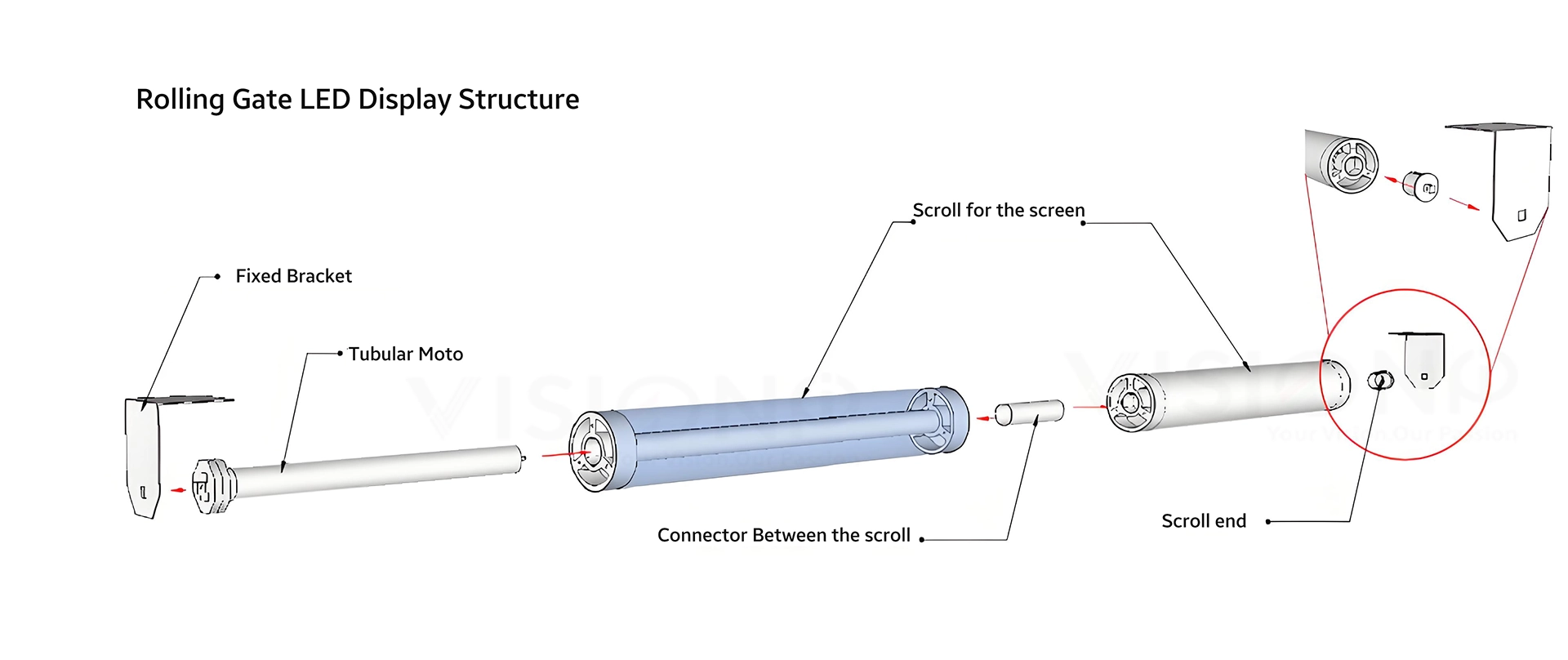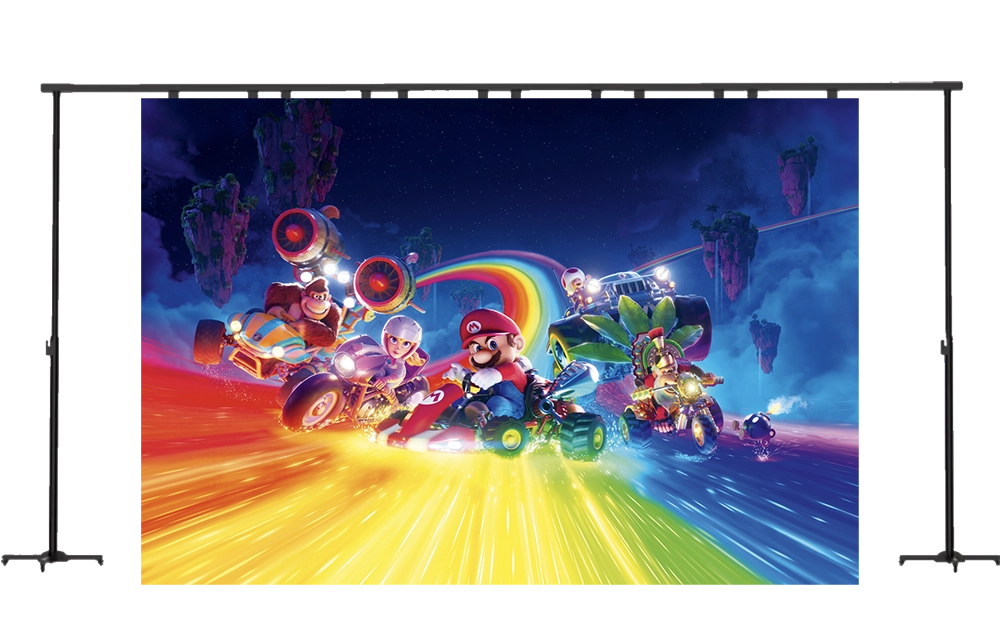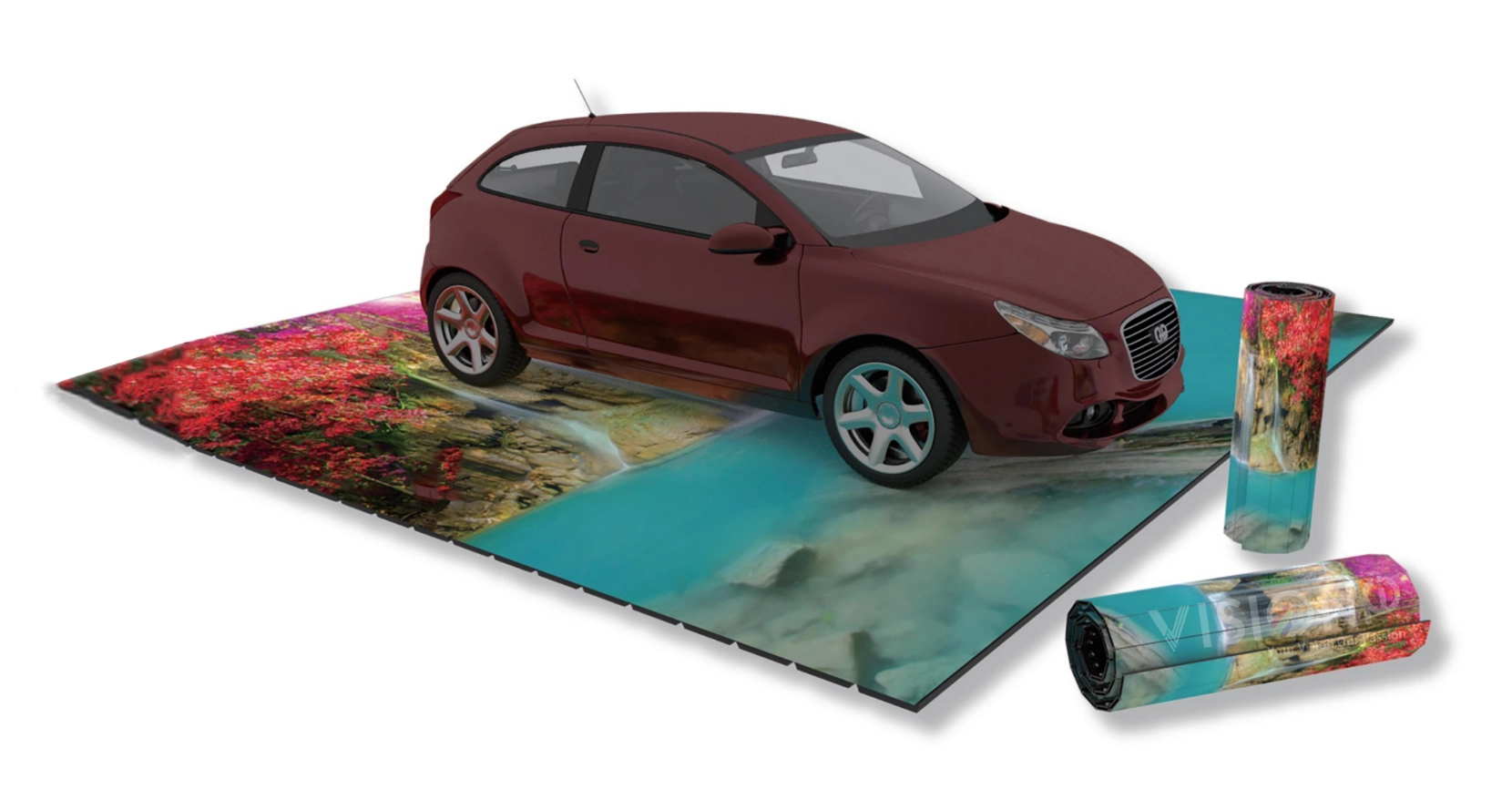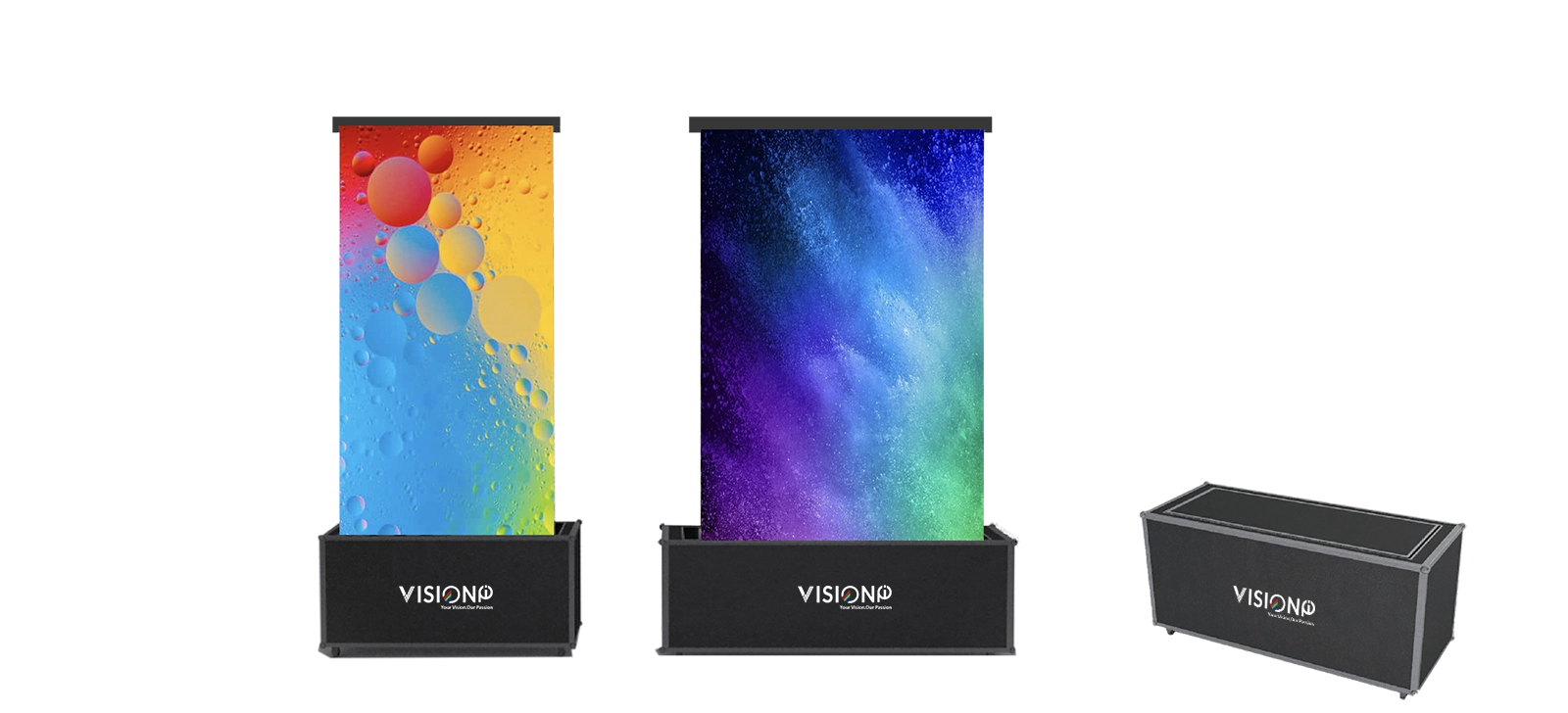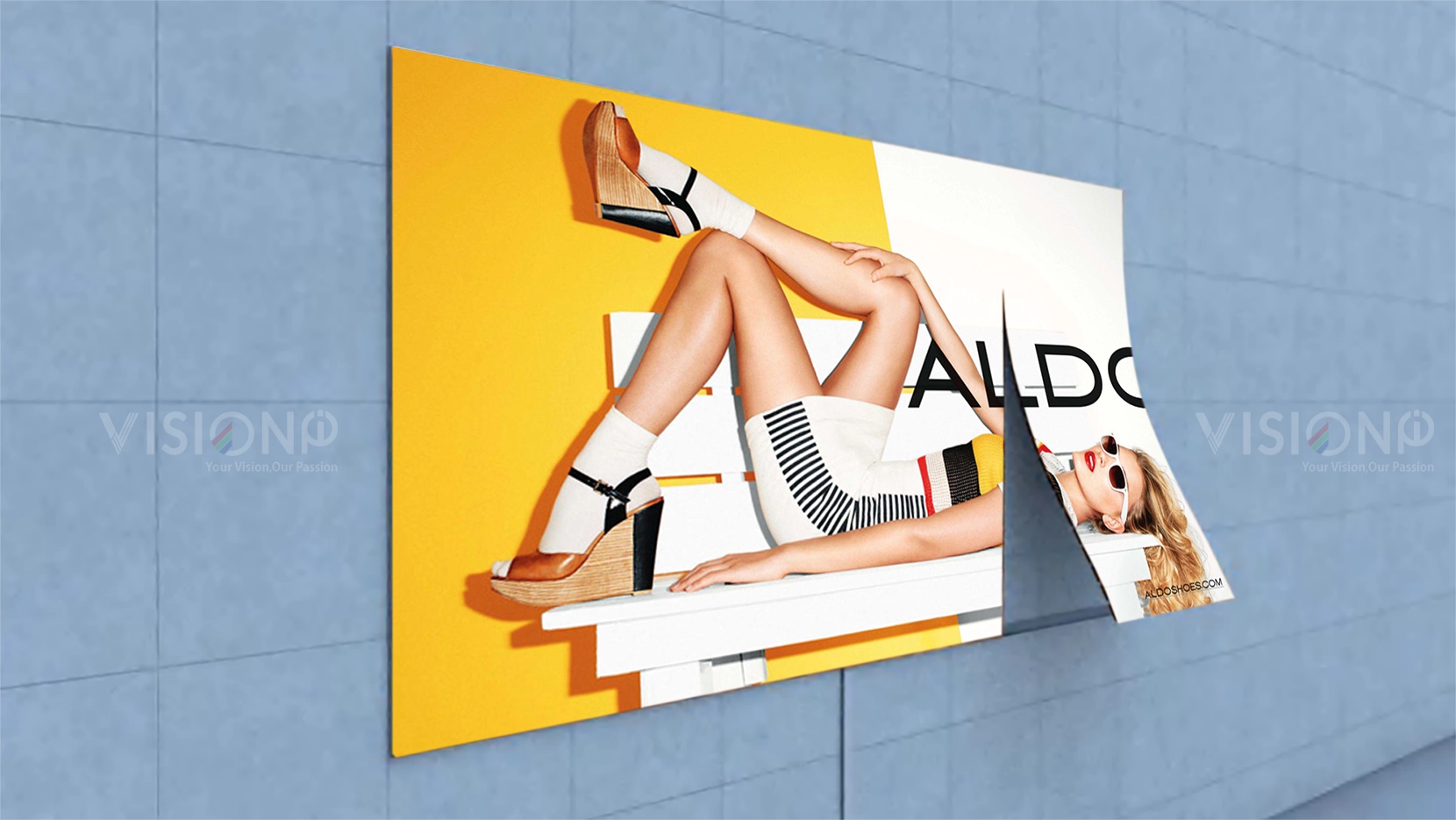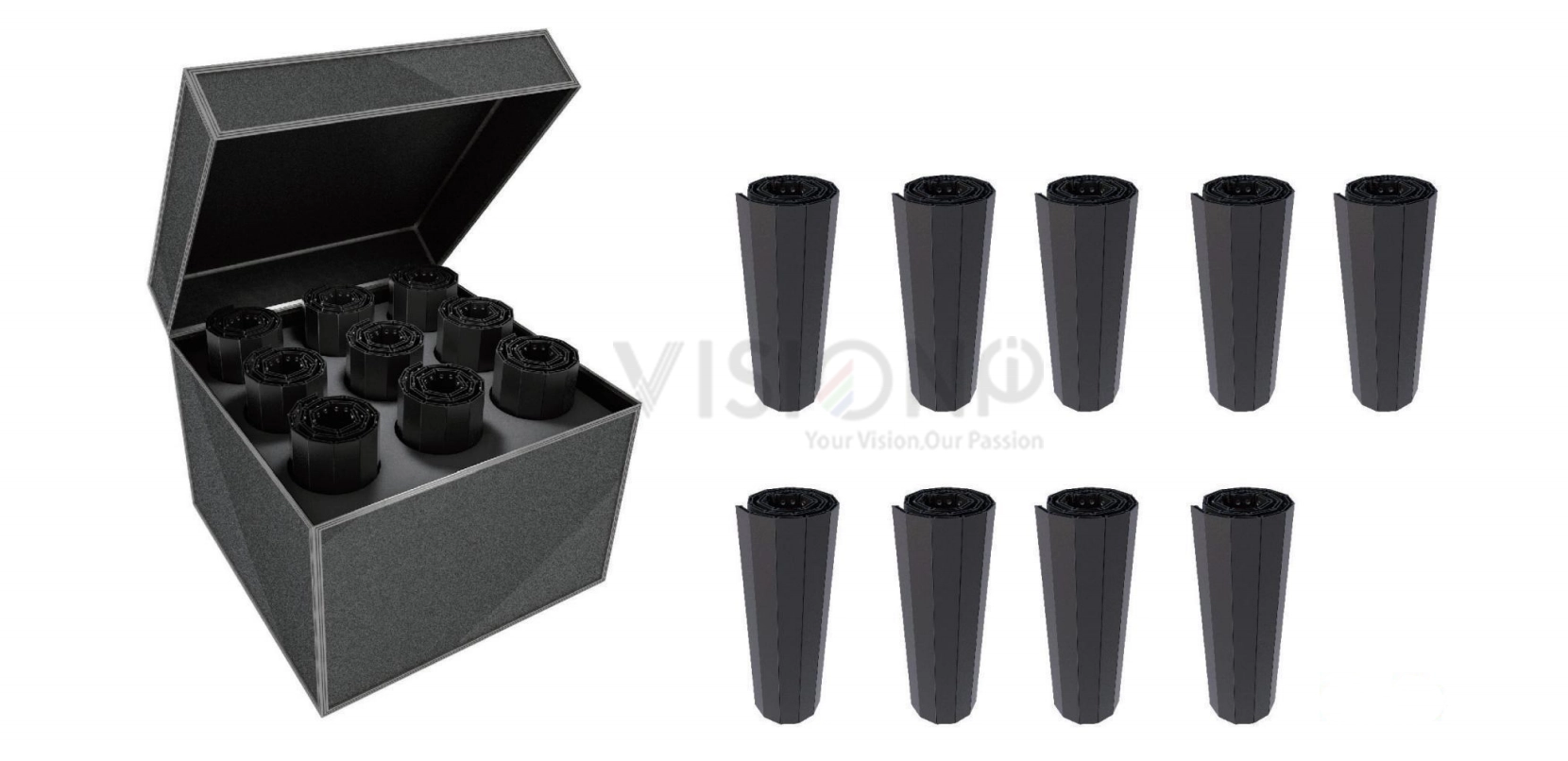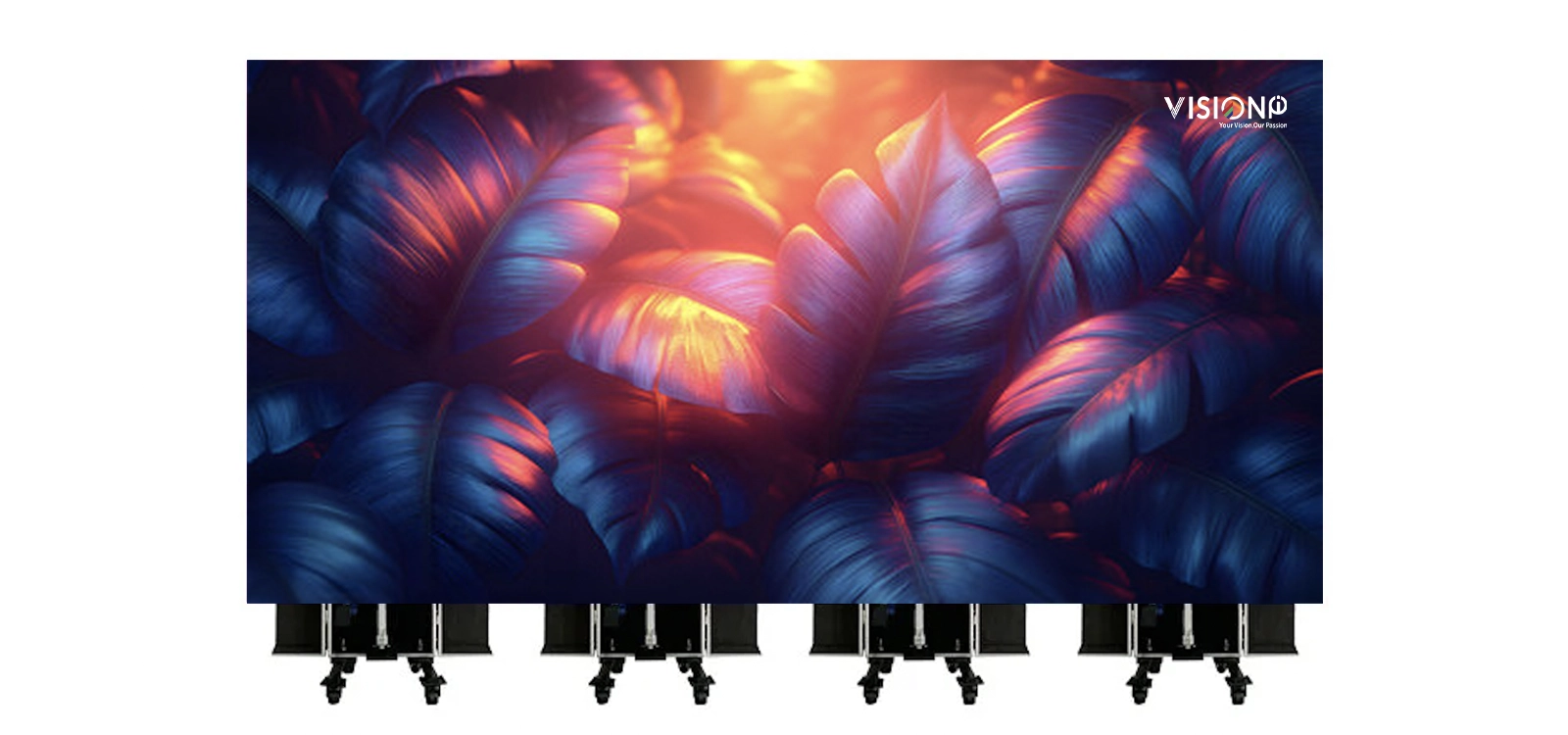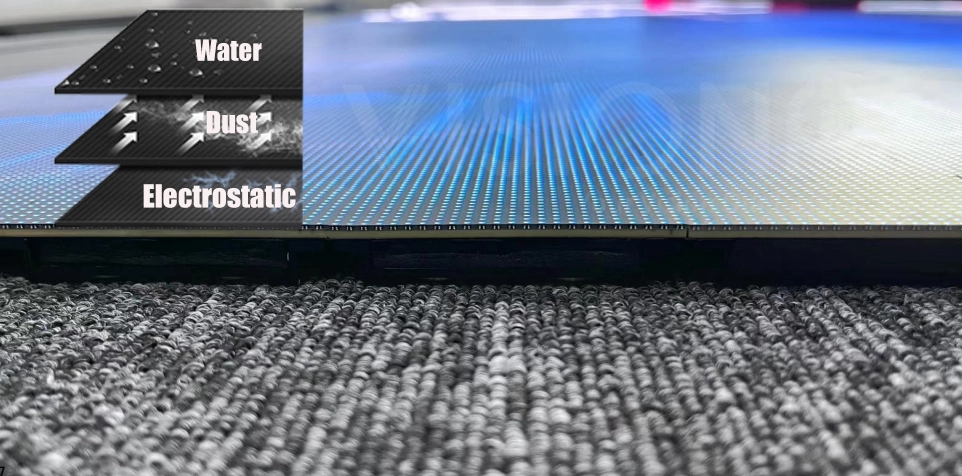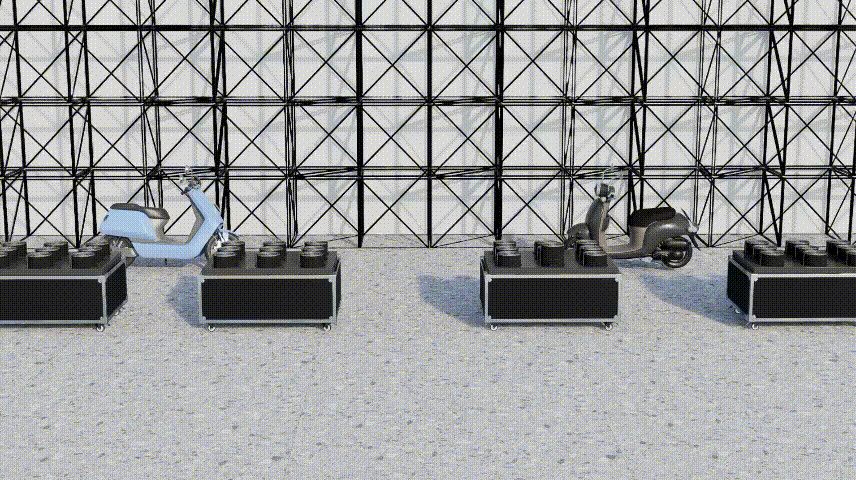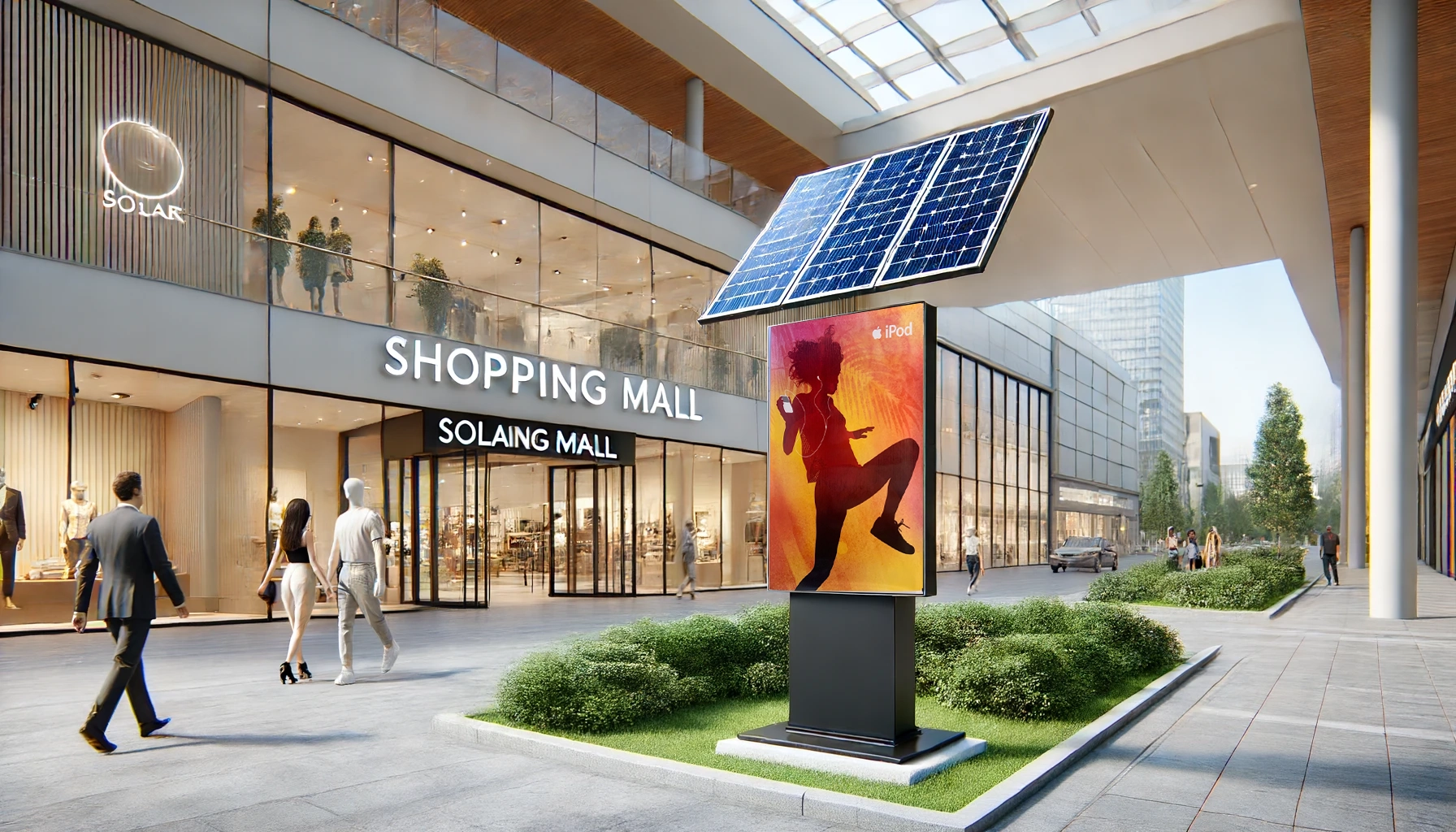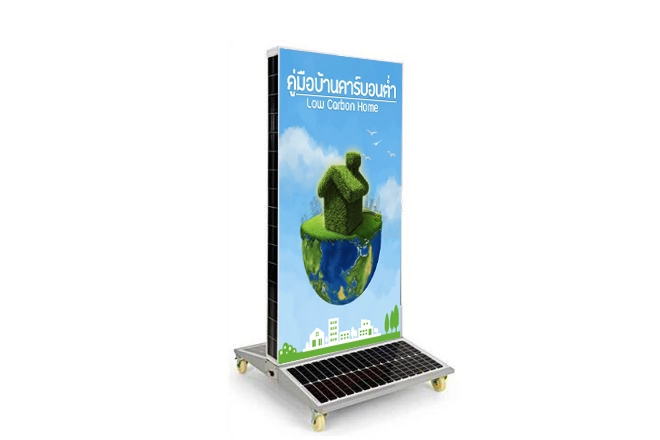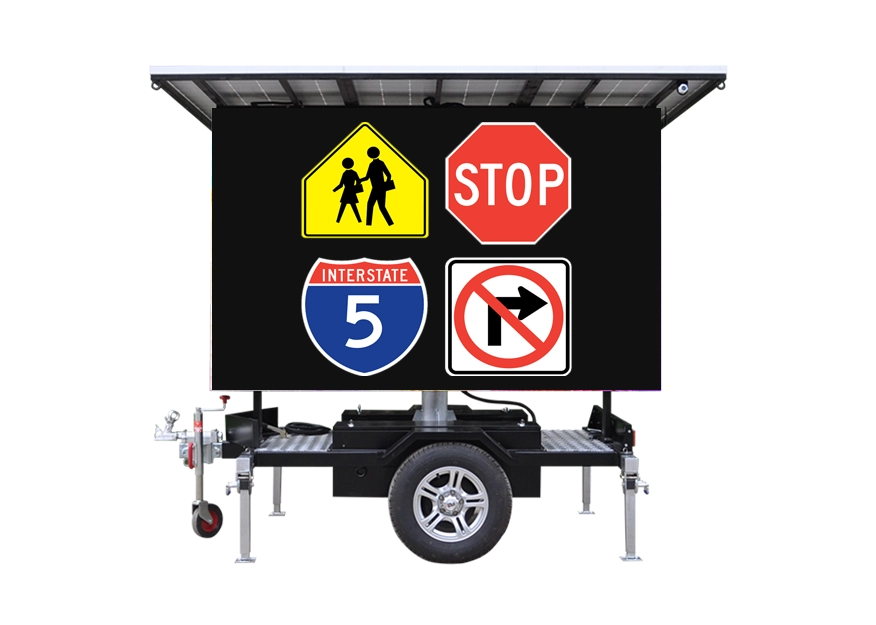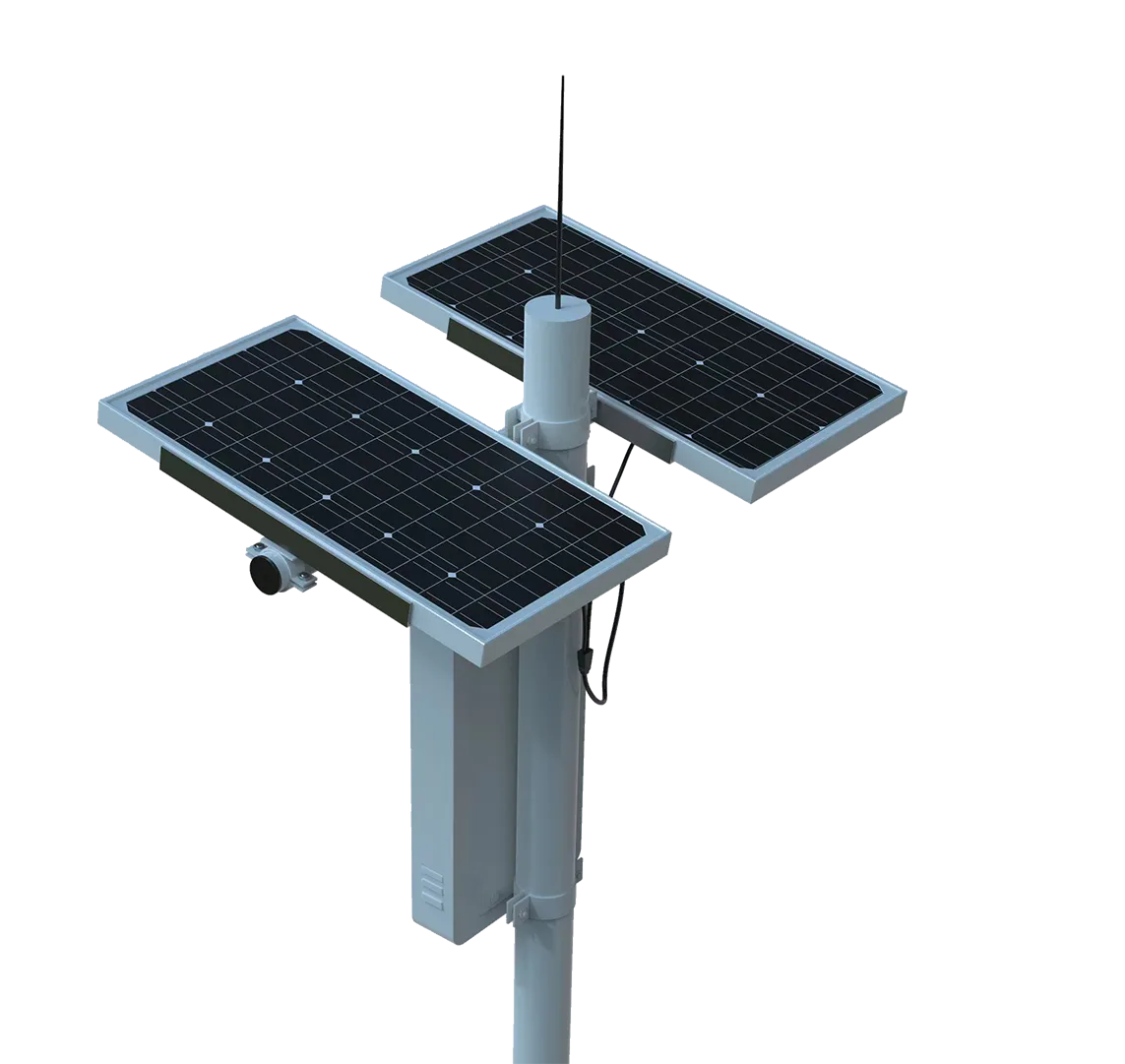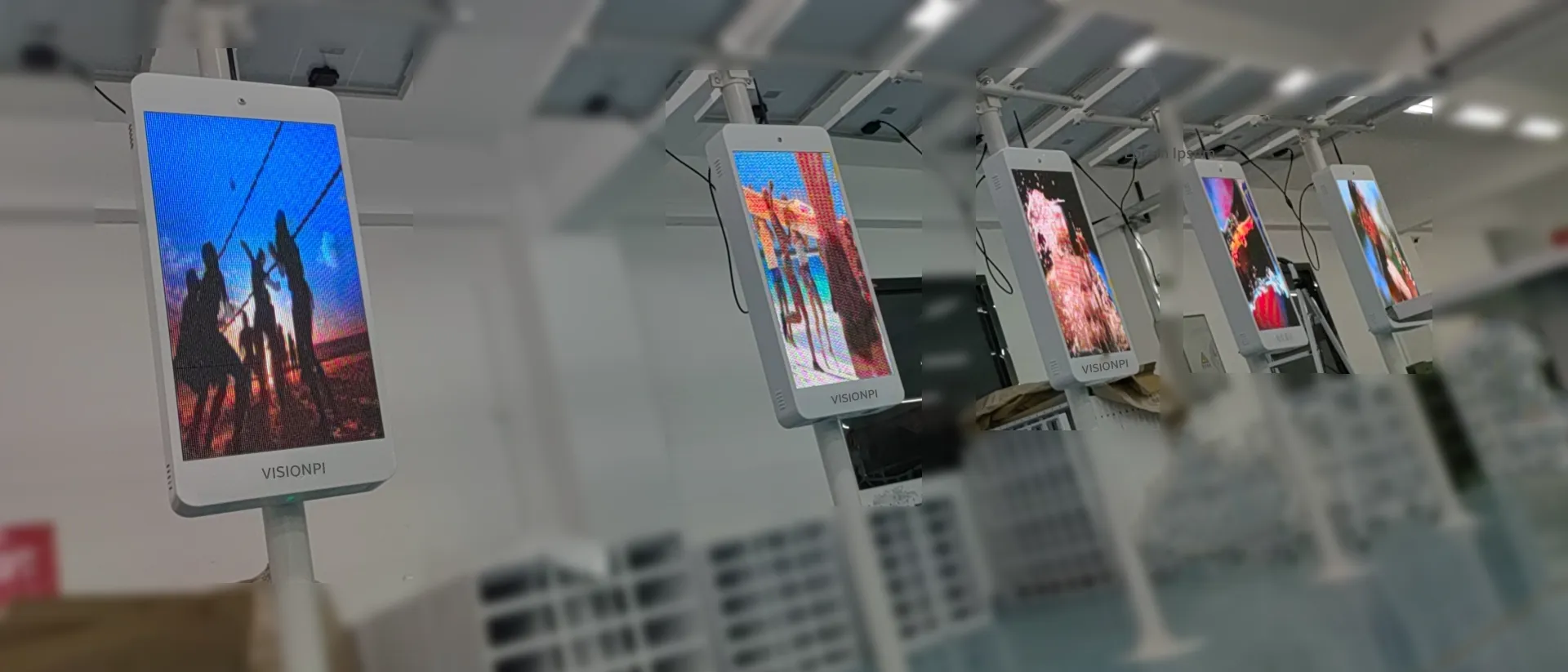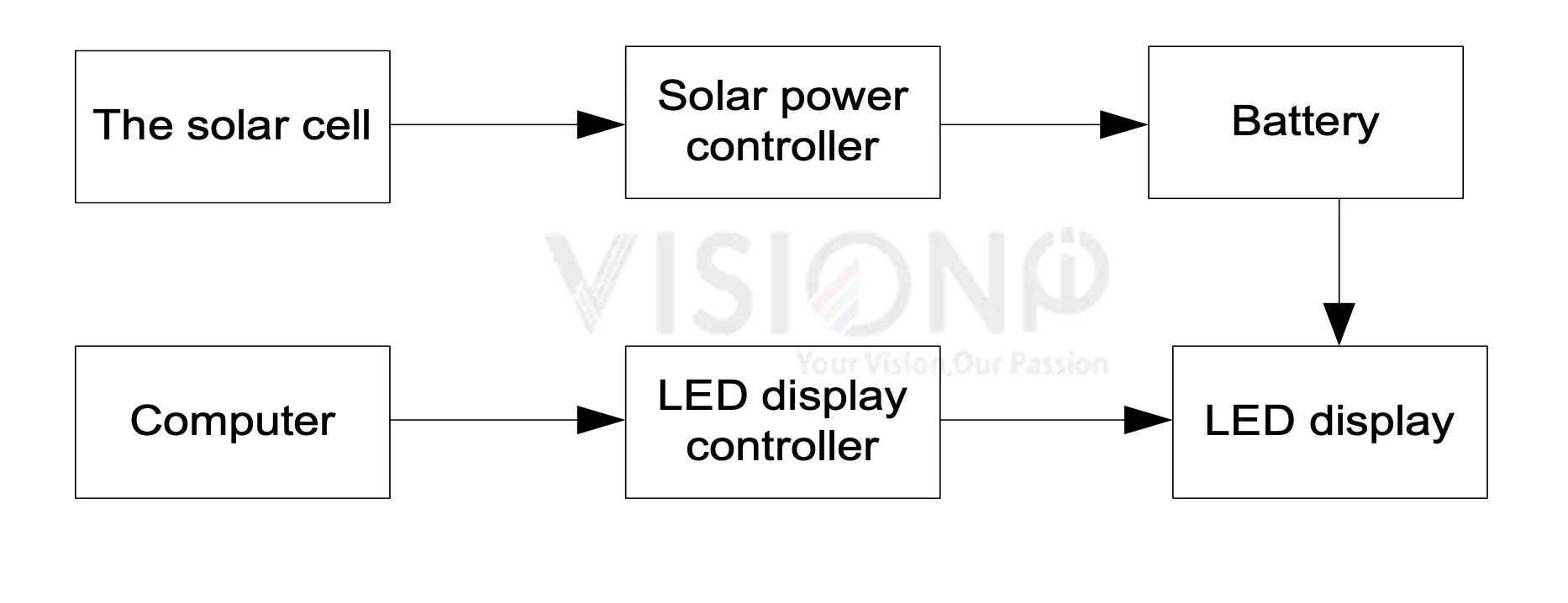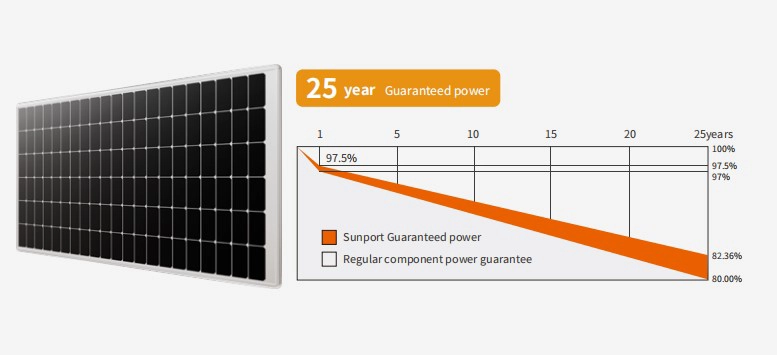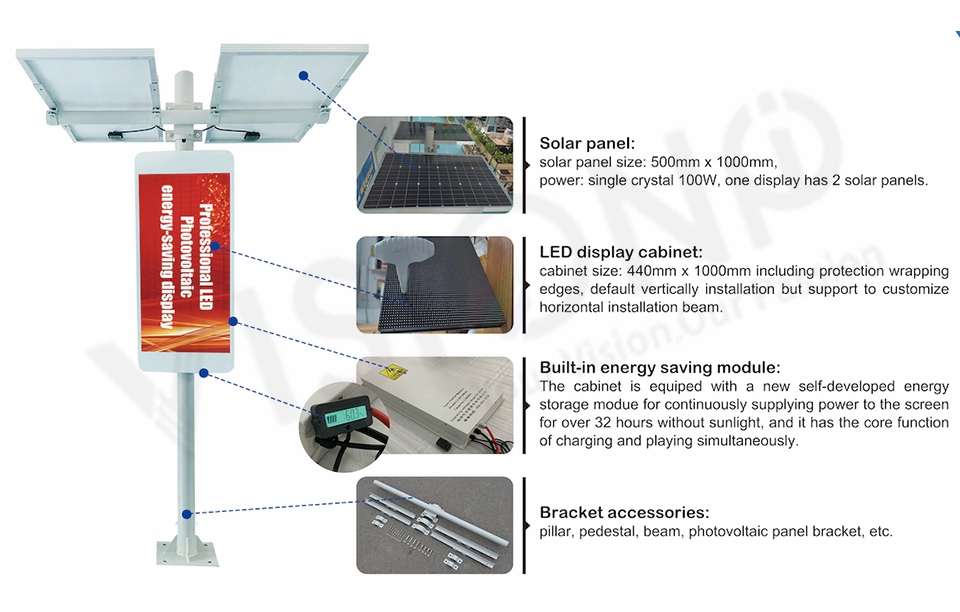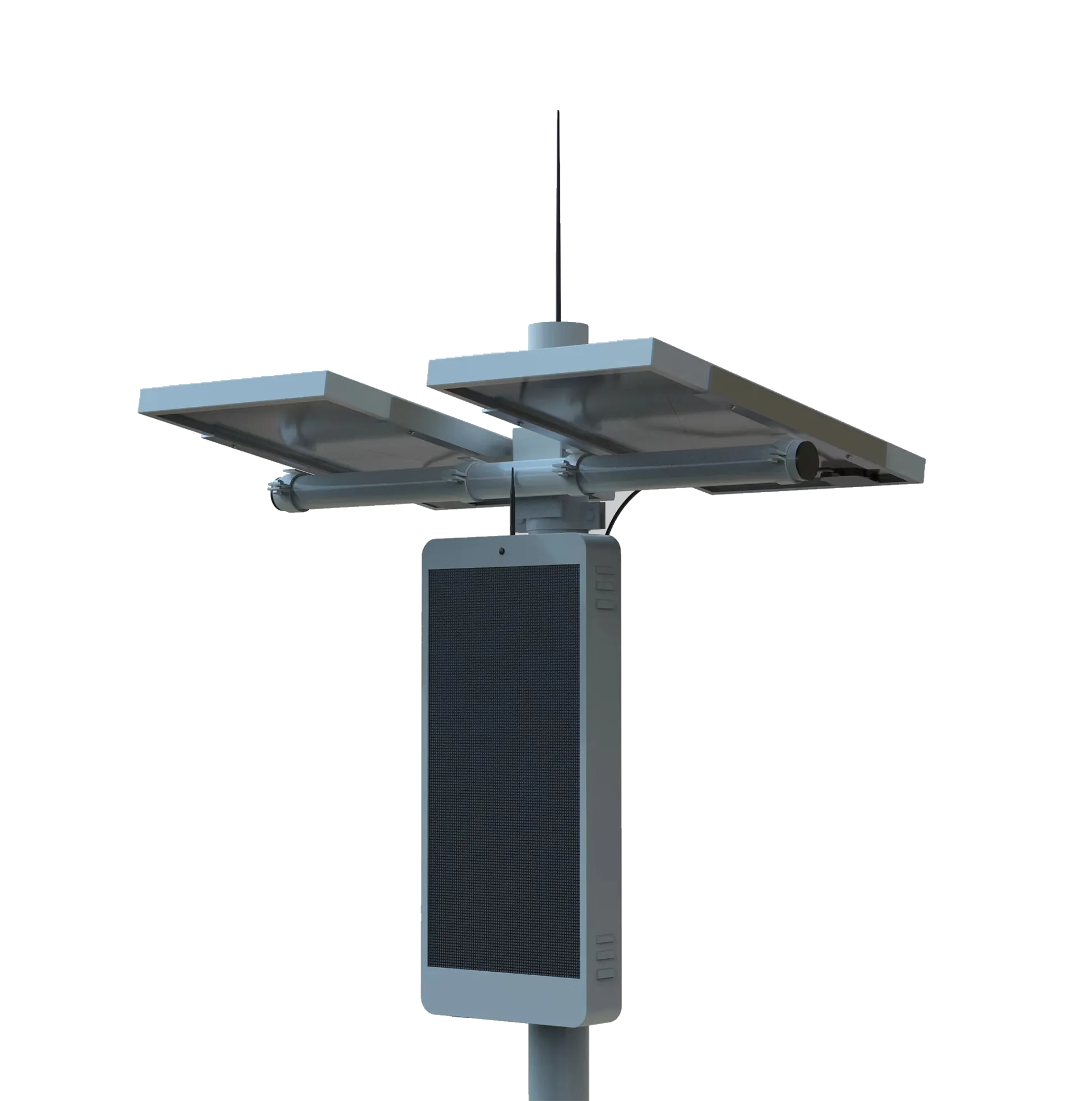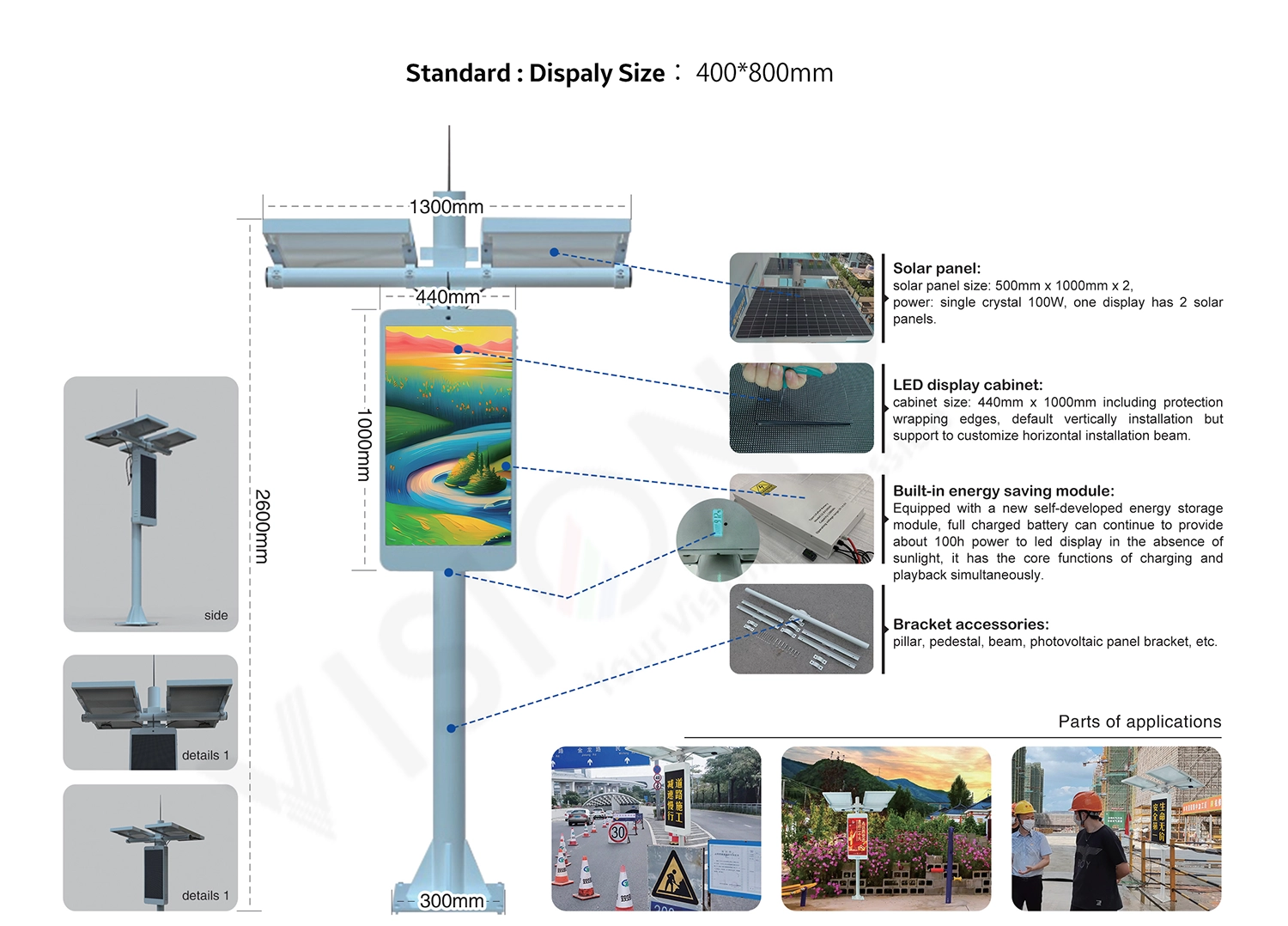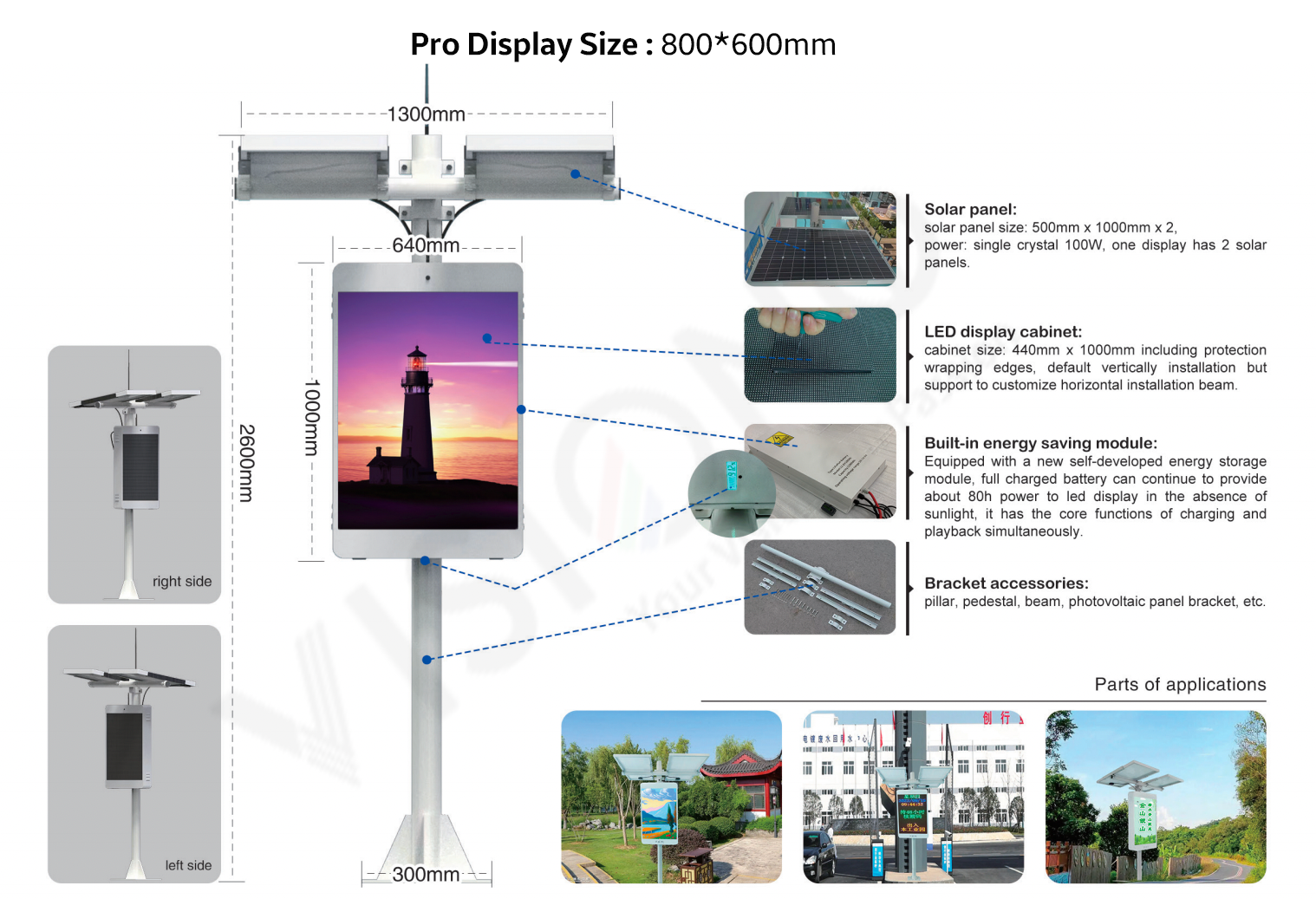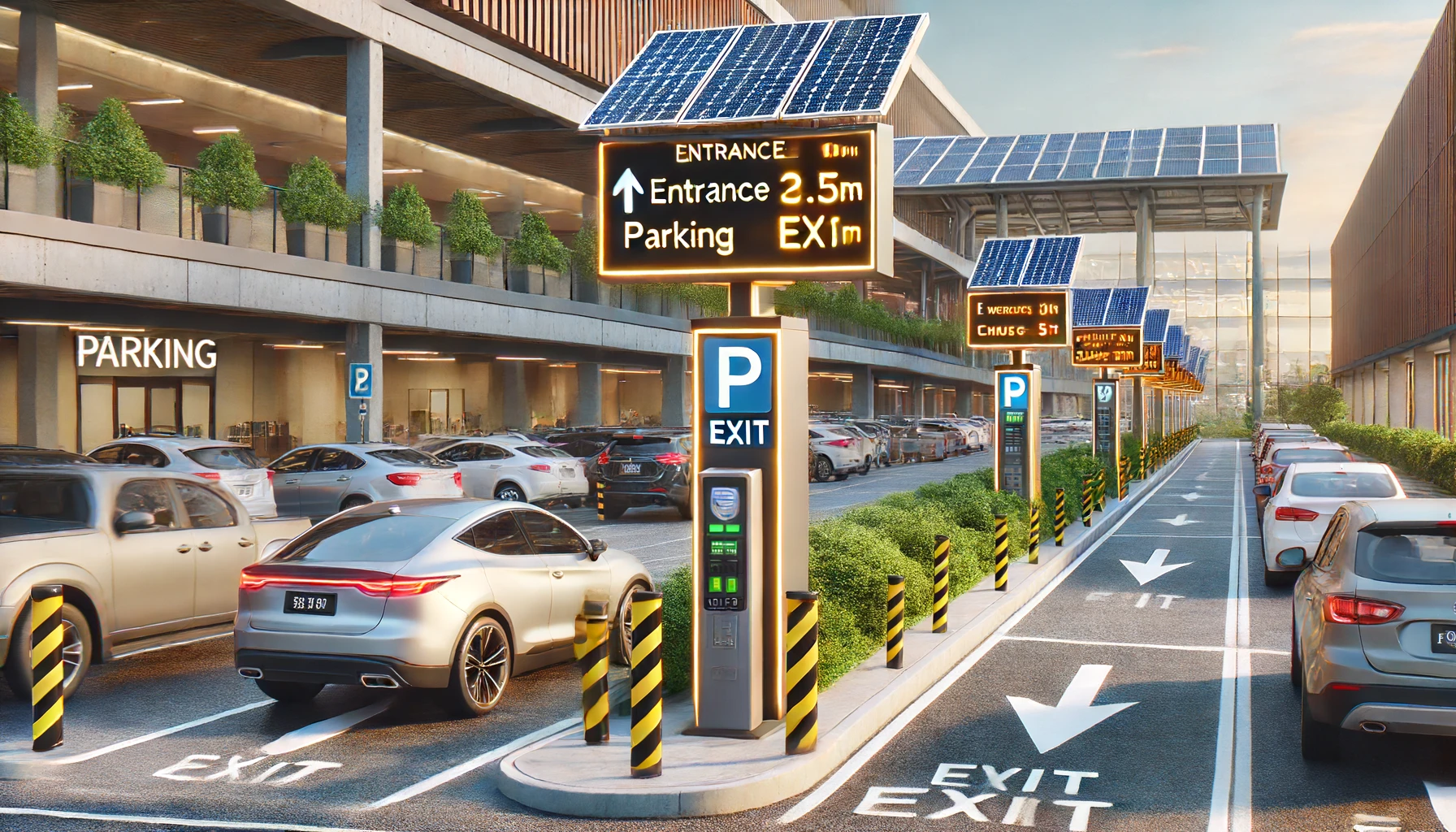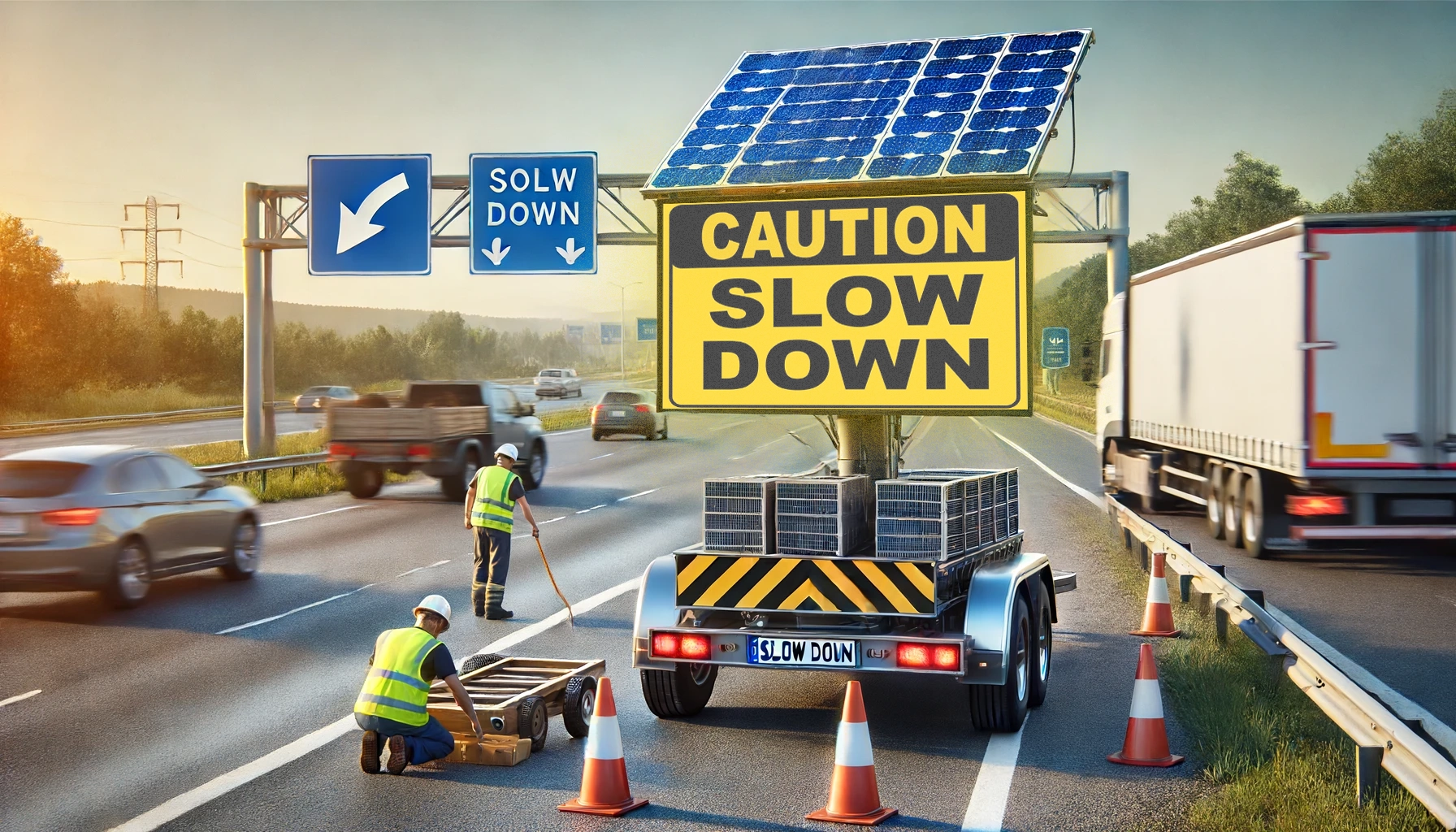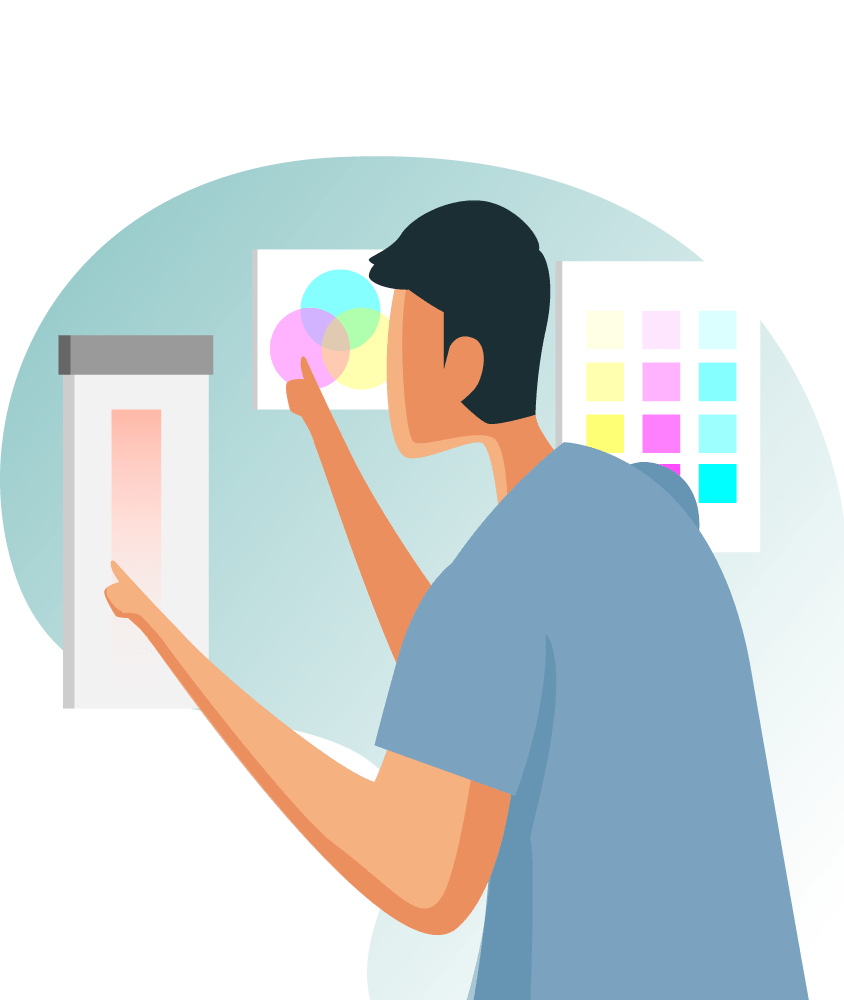Seaside Outdoor LED Display
Installing a digital billboard in a coastal area requires special care and attention. Coastal areas are prone to more rainfall, higher temperature, stronger wind and direct sunlight than inland areas. These factors can affect the performance and durability of the digital billboard. In this article, we will explore the 6 main factors to consider when installing a digital billboard in a coastal area. Let’s get started.
Factors to Consider When Installing a Digital Billboard in Coastal Area
Strong Windload
Wind can have a significant impact on the installation and performance of a high-rise digital billboard. A taller digital billboard is more exposed to strong wind, which can cause vibration and damage. The engineer needs to calculate the wind load accurately and design a stable installation.
Wind can also pose a risk during the installation process. The process needs to be well planned and executed with proper safety measures.
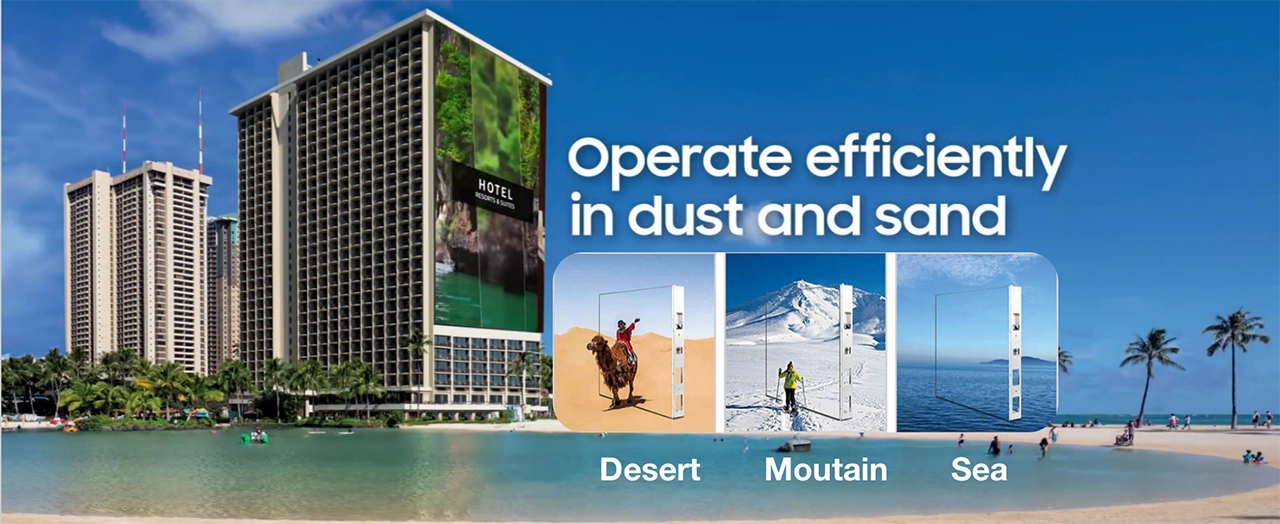
Brighter and stronger UV
Coastal areas have brighter sunlight and stronger ultraviolet rays. These can affect the quality and durability of a digital billboard. Bright sunlight can make the screen look dim, so the screen needs to have a high brightness level and a wide viewing angle. Ultraviolet rays can damage the screen surface, so the screen needs to have a coating that can protect it from ultraviolet rays.
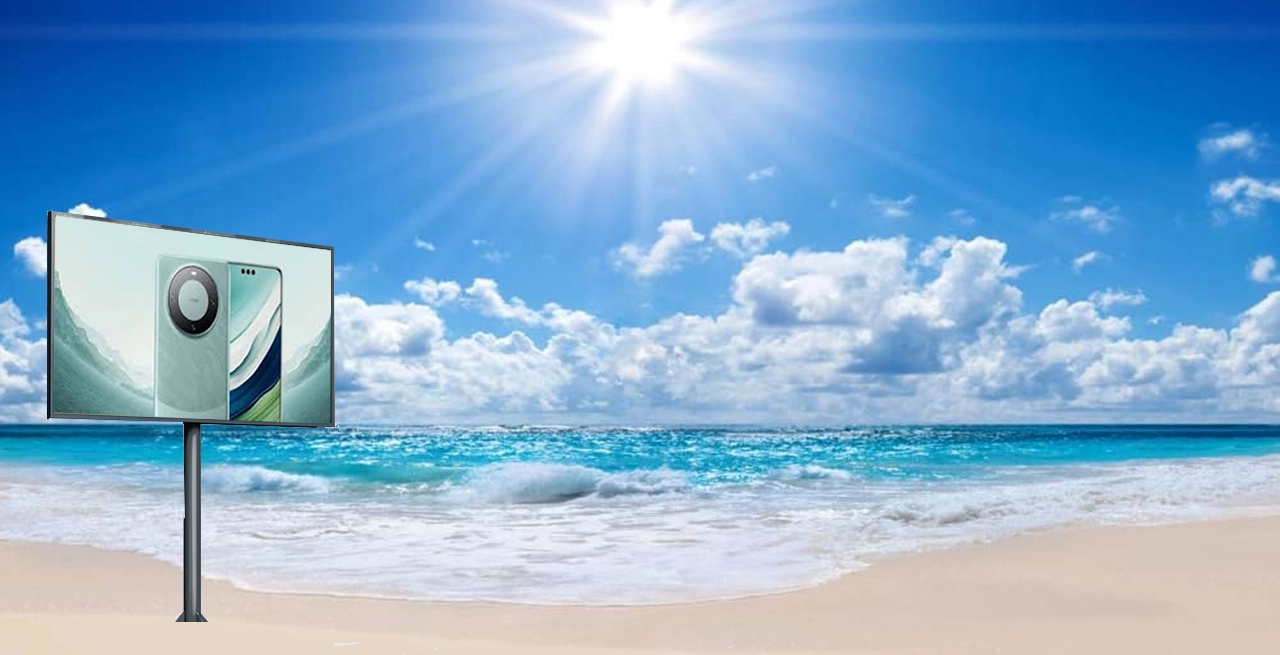
High Environmental Temperature
Bright sunlight can make a digital billboard very hot, which can affect how well it cools itself down. If a display cannot get rid of the heat, it might overheat and stop working properly.
High Humidity.
Humidity is the moisture in the air. It is higher near the sea.
- Metal corrosion. Salty water/moisture is more corrosive than freshwater because it contains more dissolved ions that can speed up the chemical reactions between cabinet metal and oxygen. This causes metal to rust faster and lose its strength.
- Electronic components corrosion Water in the air can also corrode the printed circuit board (PCB) inside the display and make it stop working. To protect the PCB from moisture, we can apply a surface finish and a conformal coating. These can prevent corrosion and other problems.
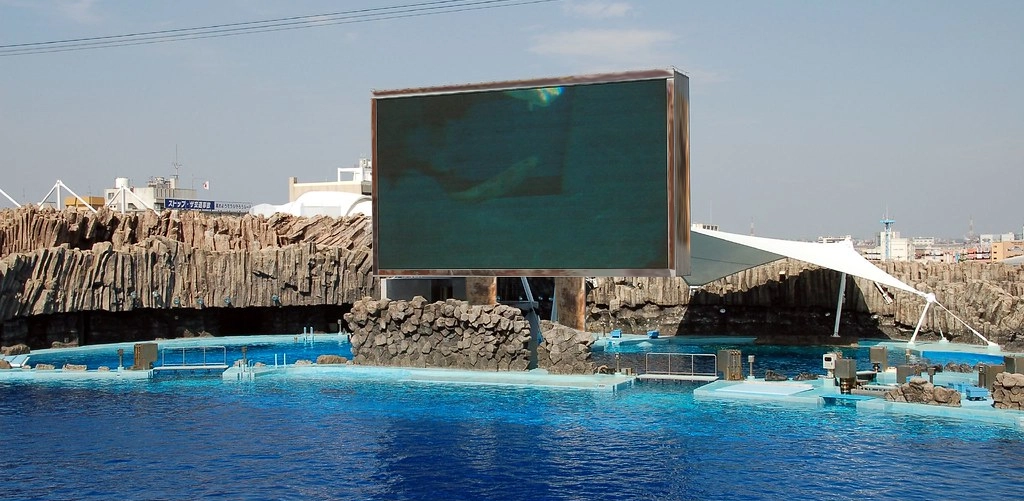
Heavy Rainfall.
Coastal areas have brighter sunlight and stronger ultraviolet rays. These can affect the quality and durability of a digital billboard. Bright sunlight can make the screen look dim, so the screen needs to have a high brightness level and a wide viewing angle. Ultraviolet rays can damage the screen surface, so the screen needs to have a coating that can protect it from ultraviolet rays.
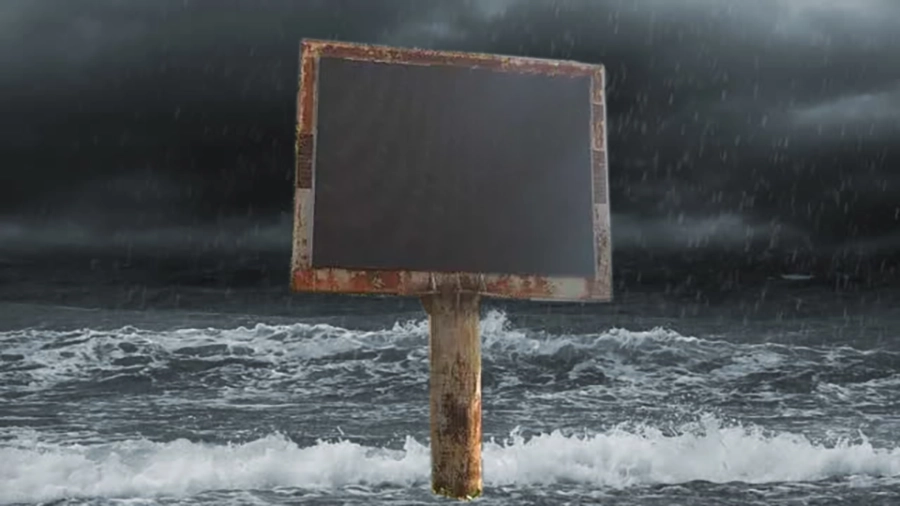
How to Choose an seaside outdoor led display
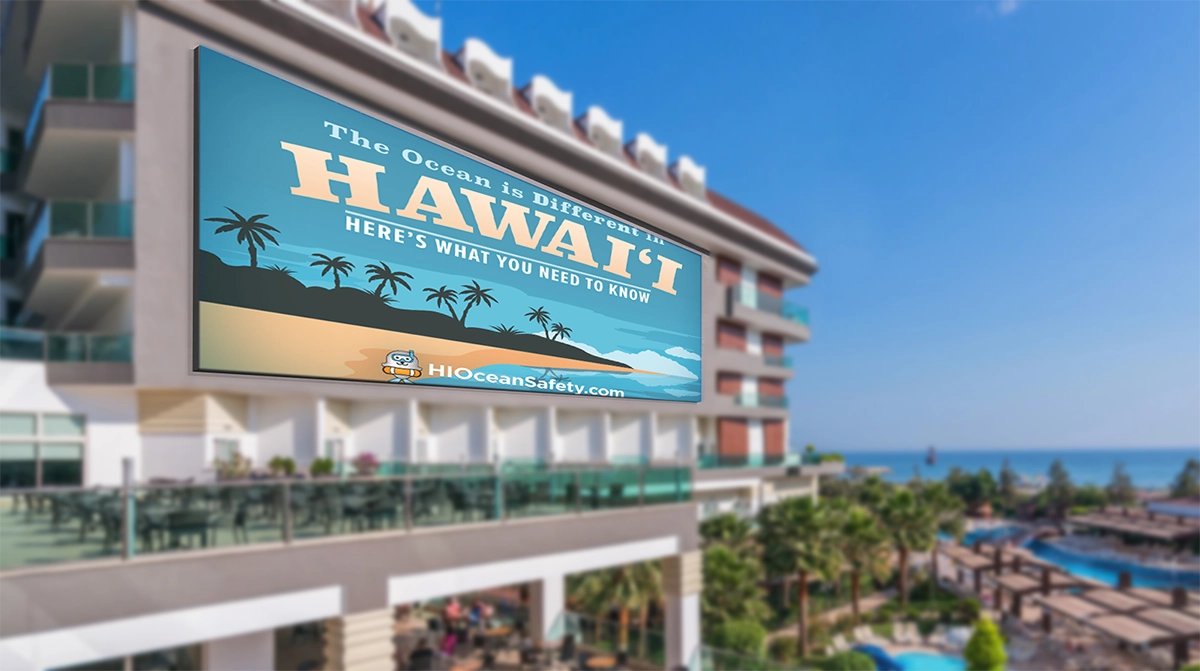
Environmental ruggedness
High humidity means more moisture in the air. This is common in coastal areas where the air comes from the sea. Moisture can damage the electronic parts of a digital billboard, such as the printed circuit board (PCB). The PCB controls the electricity flow in the LED screen. Moisture can cause corrosion and oxidation, which can make the LED screen stop working. To protect the PCB from moisture, we can apply a surface finishing during fabrication and a conformal coating during installation. These methods can also prevent other harmful effects from contaminants, fluid and ultraviolet rays.
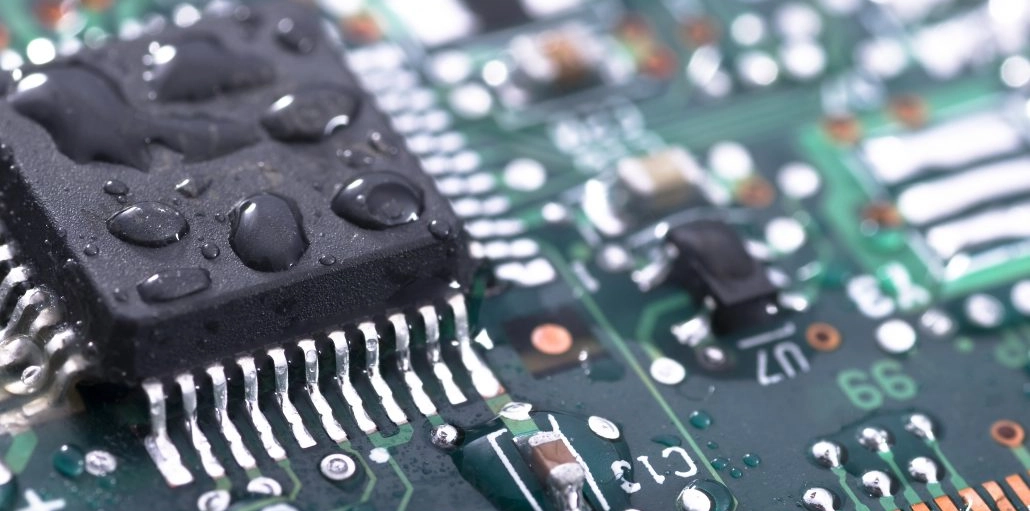
Aluminum Cabinet
Our LED cabinets are crafted from fully aluminum frames, while the hinges and screws are made from 316 stainless steel to withstand the corrosive effects of sea winds. This durable construction ensures longevity and optimal performance, making these displays ideal for coastal or marine environments where exposure to salt and moisture is common.
Fluorocarbon Paint
Advantages :
- Stability at high temperatures • Excellent abrasion resistant ability
- Superior Acid and alkali resistant ability • High-gloss finish • Good contact
- Unlimited color options by international color codes
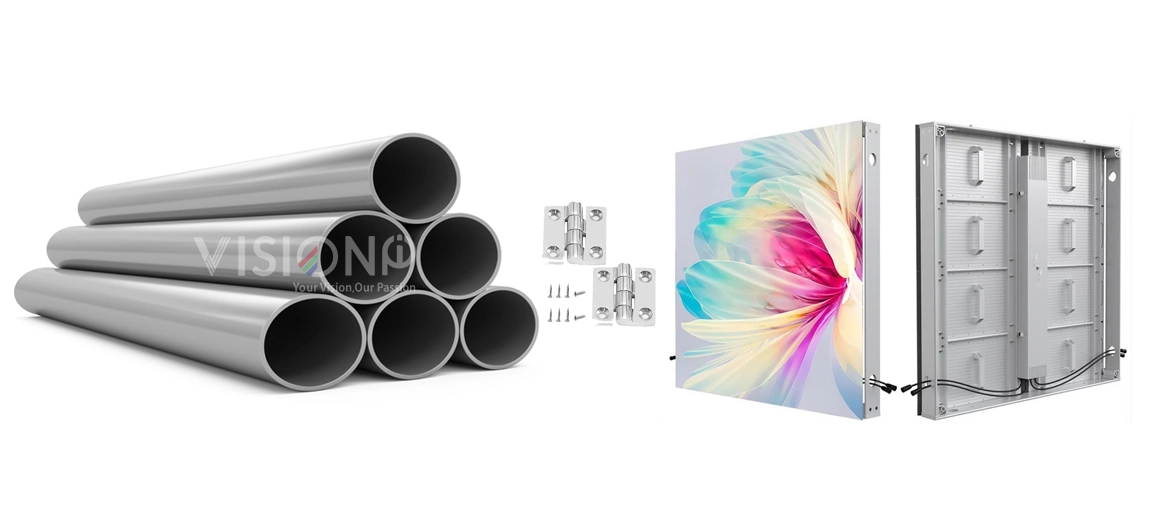
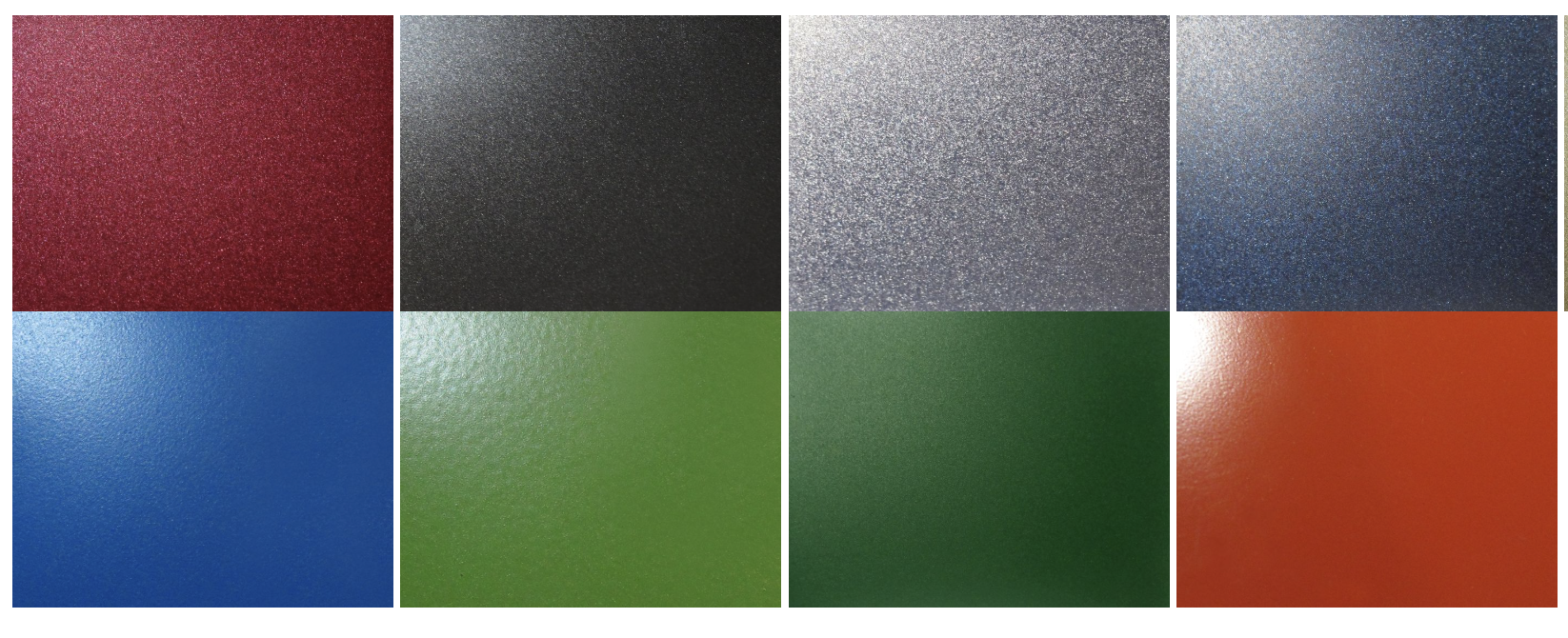

-
Brightness
The brightness of an LED screen is measured in nits or candelas per square meter. The higher the brightness, the more visible the screen will be in direct sunlight. However, higher brightness also means higher cost and power consumption. Therefore, you should choose a screen with the appropriate brightness level for your needs. For example, if your screen is facing the south or southwest direction, where the sun is strong, you may need a brightness of at least 7000 nits. If your screen is facing the north or northeast direction, where the sun is less intense, you may be able to use a lower brightness of around 6000 nits. If your screen is in a shaded area, such as under tall buildings or trees, you may only need a brightness of 5000 nits.

-
Refresh rate
The refresh rate of an LED screen is the number of times per second that it updates the image on the display. The higher the refresh rate, the smoother and clearer the motion on the screen. A high refresh rate screen can reduce flickering and ghosting effects, which can cause eye strain and fatigue. You should look for a screen with a high refresh rate, preferably above 2880 Hz if the led screen is going to be taken video by the audience.
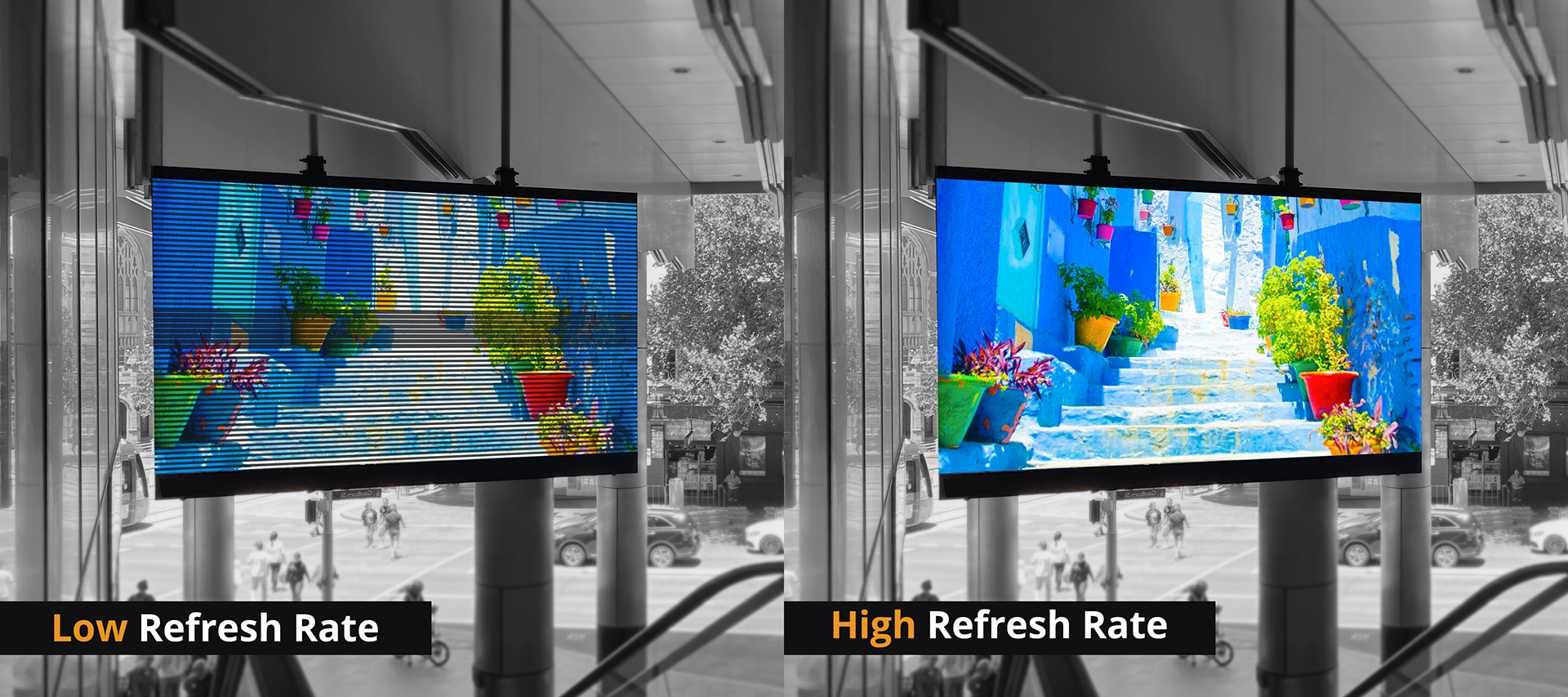
-
Contrast ratio
The contrast ratio of an LED screen is the ratio between the brightest white and the darkest black that it can display. The higher the contrast ratio, the better the image quality and depth perception of the screen. A high contrast ratio screen can show more details and nuances in both bright and dark areas than a low contrast ratio screen. You should look for a screen with a high contrast ratio, preferably above 3000:1. However, you should also check for local dimming performance, as some screens may have a high contrast ratio but poor local dimming control.

-
Color gamut
The color gamut of an LED screen refers to the range of colors that it can display. The wider the color gamut, the more colors and shades that the screen can reproduce. A wide-color gamut screen can show more realistic and natural colors than a narrow-color gamut screen. You should look for a screen with a wide color gamut, preferably covering at least 85% of the DCI-P3 color space. However, you should also check for color accuracy, as some screens may have a wide color gamut but poor color calibration.
VISIONPI seaside Outdoor led display
Outdoor coast LED Display Screen
- High-quality gold wire LED and big currency driving IC and components that can withstand high temperatures without blackening or degrading.
- Effective aluminum heat sink design, such as 4 layer pcb board creates more space for the circuit and an external ventilation fan inside the control box to help the led screen dissipate the heat quickly.
- Calibrating and adjusting the brightness of the electronic product according to the ambient light and time of day using software tools or lighting sensors.
- High-temperature solder paster ensures the strength of the soldering work.
- Common cathode energy-saving technology decreases power consumption and heat.
Get Quote for high quality led wall
We are passionate to offer you the best possible services

